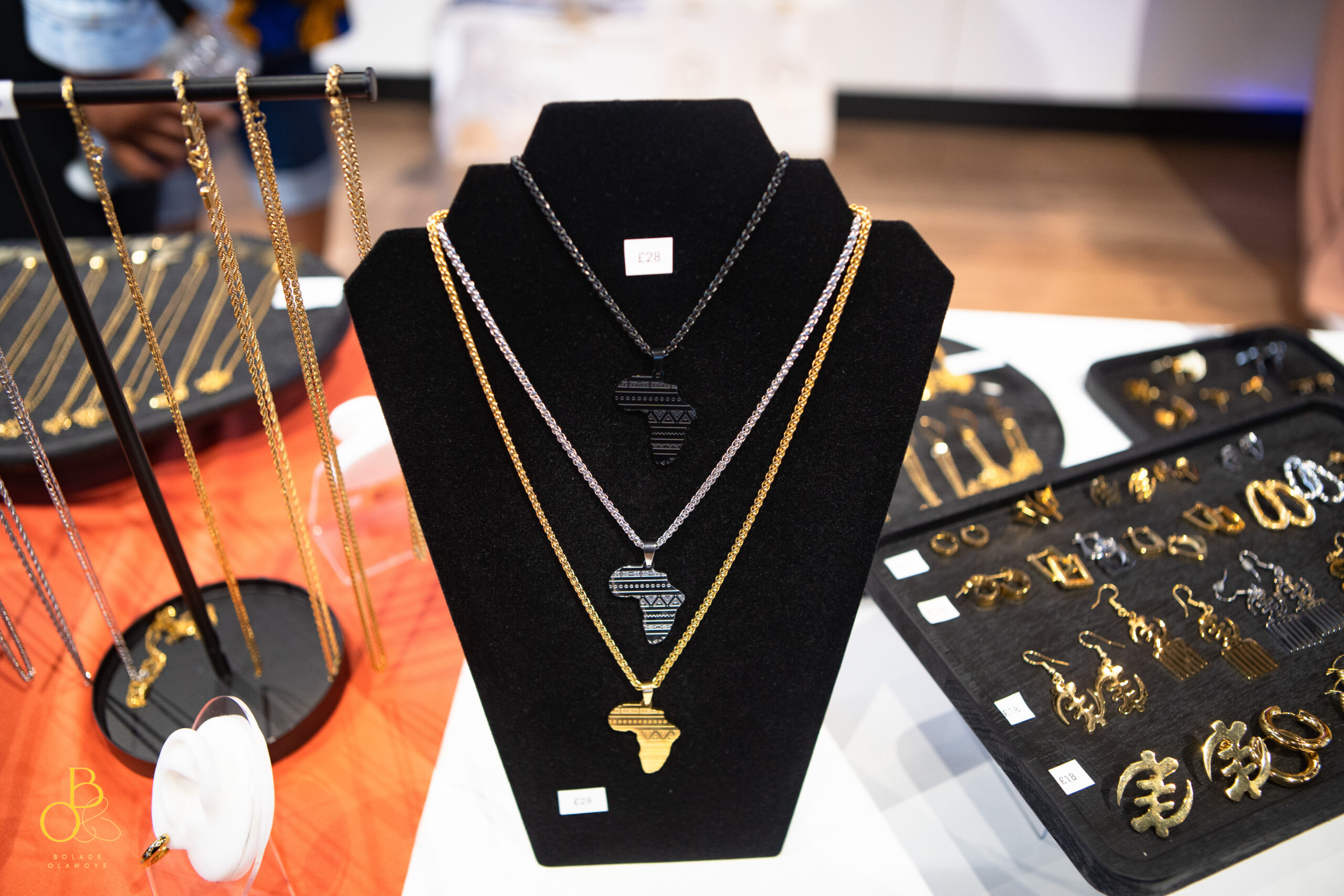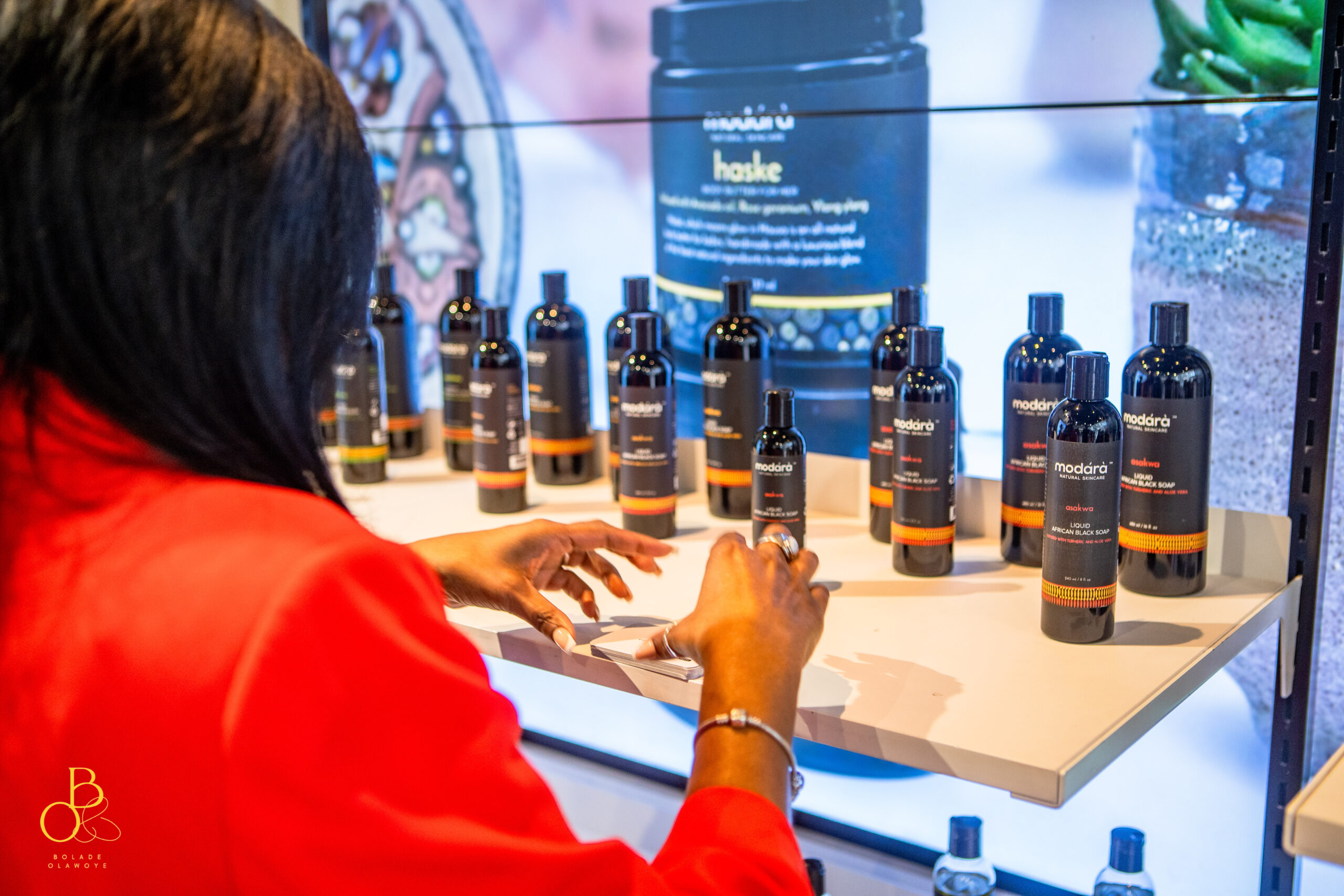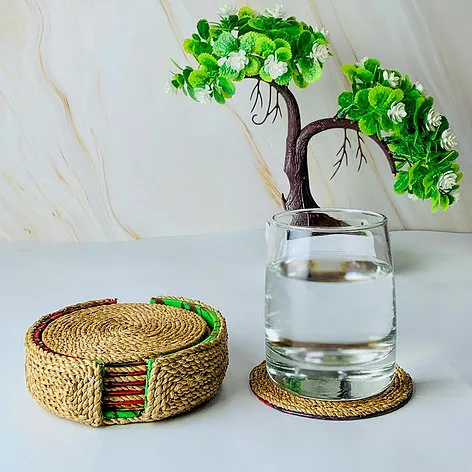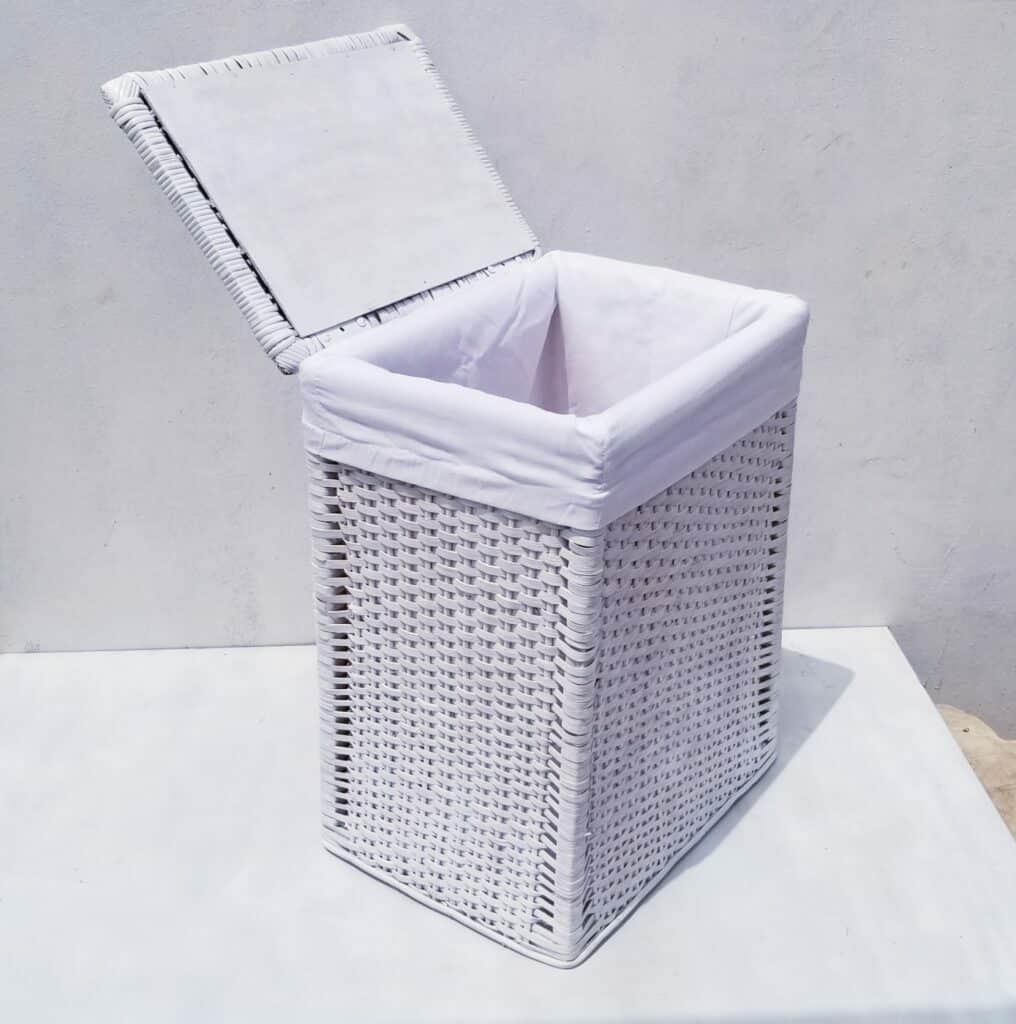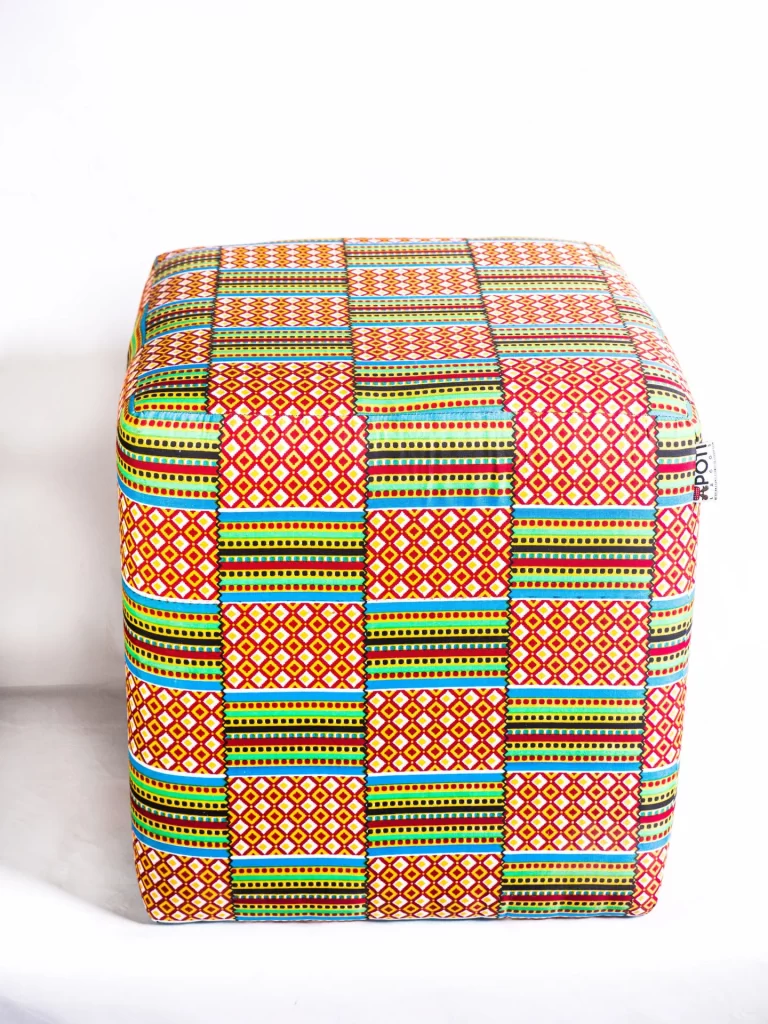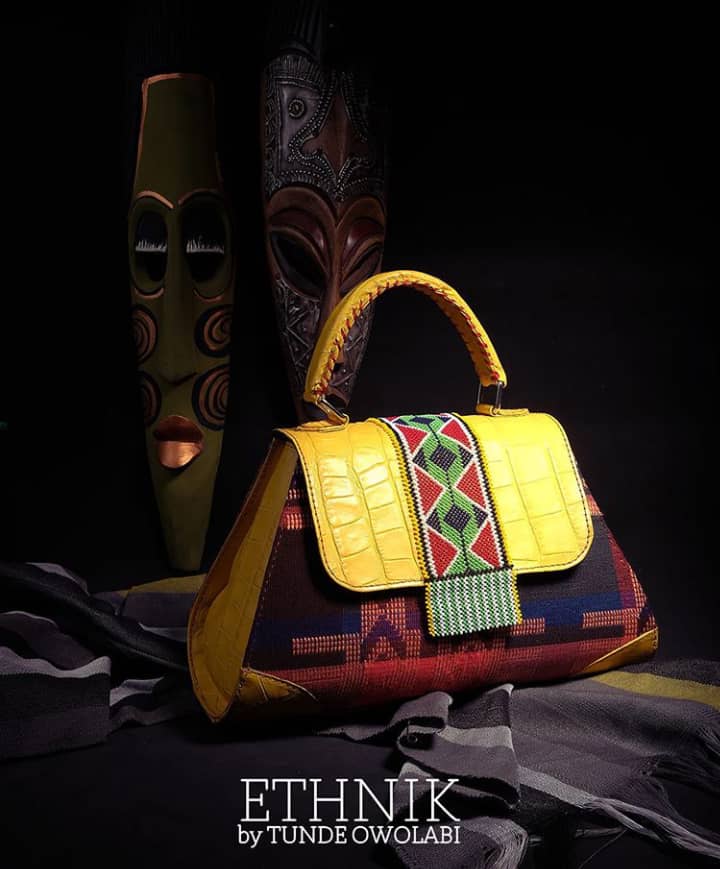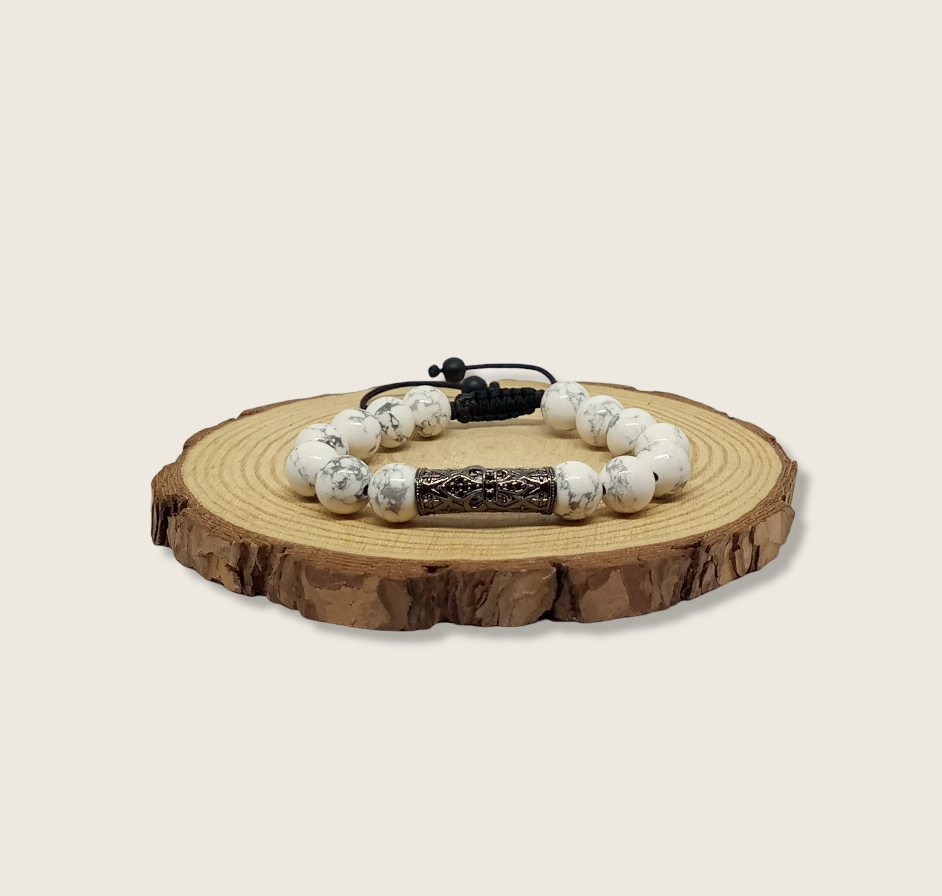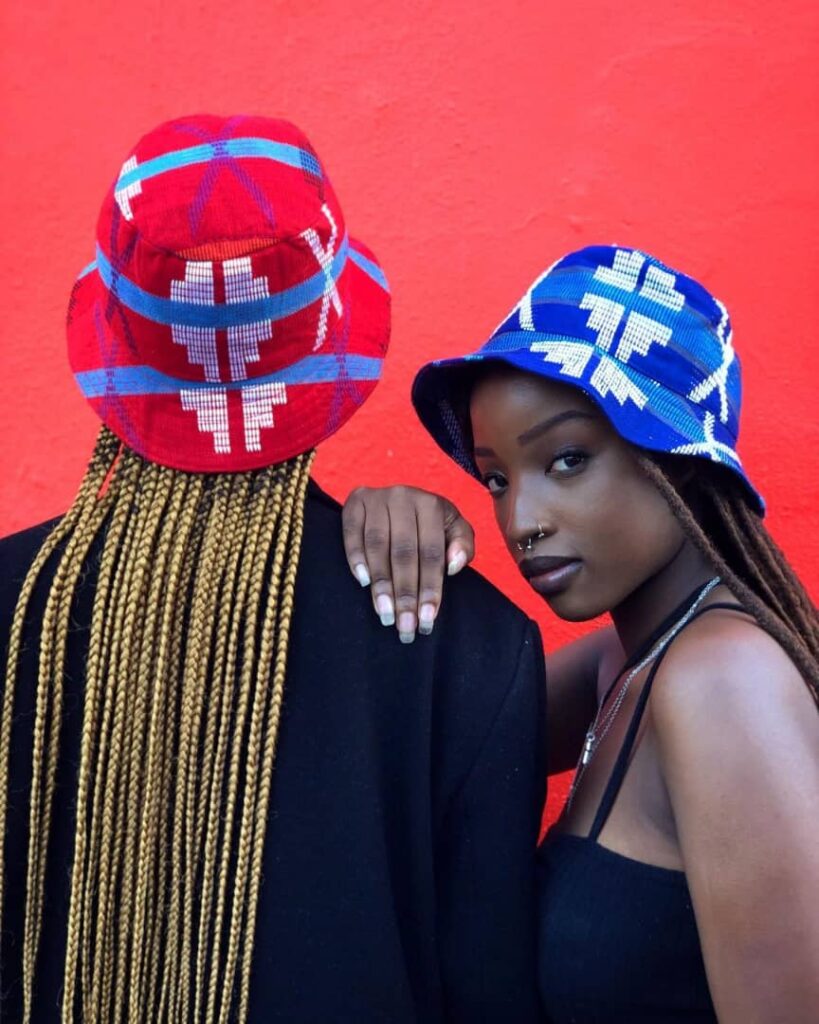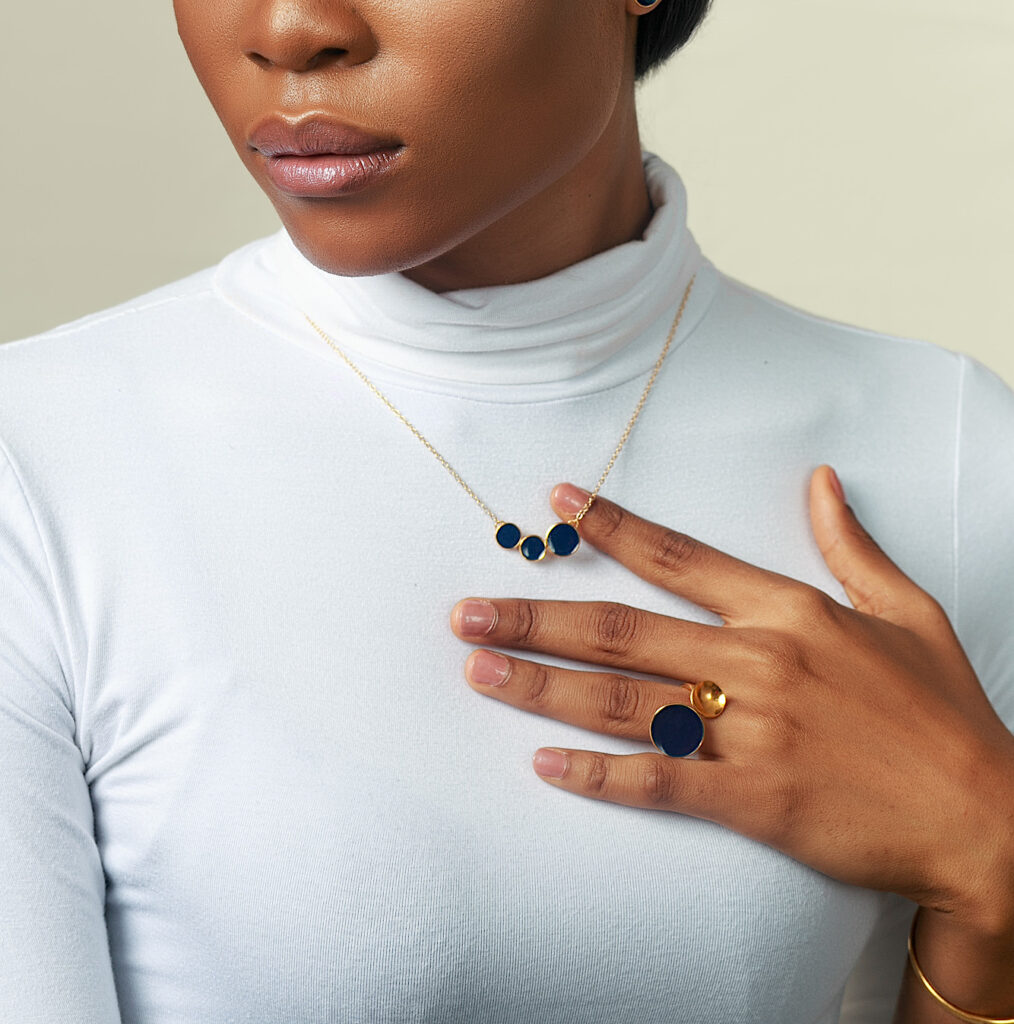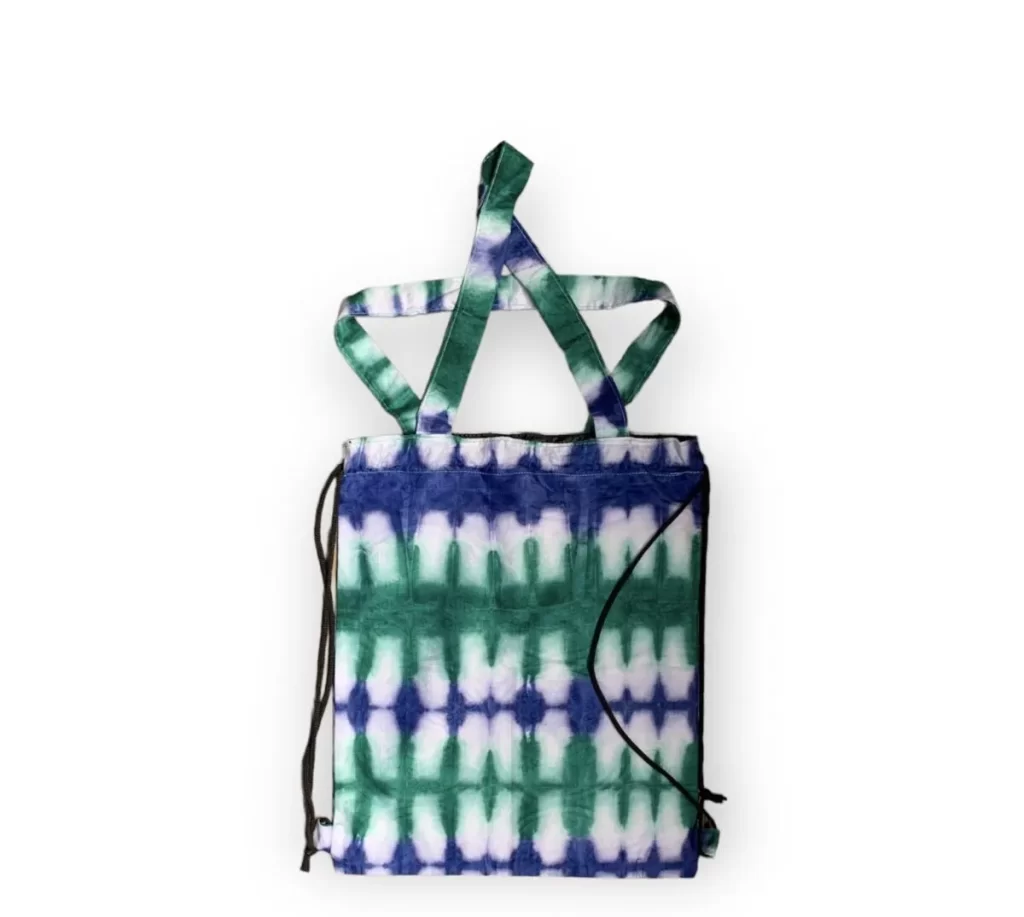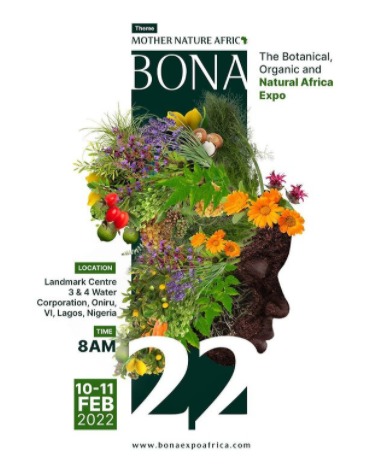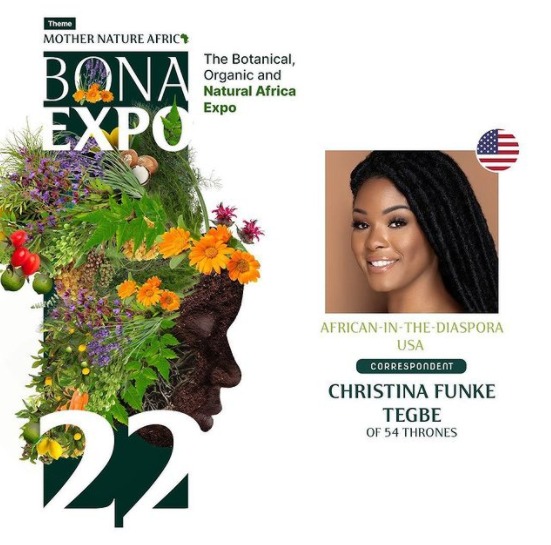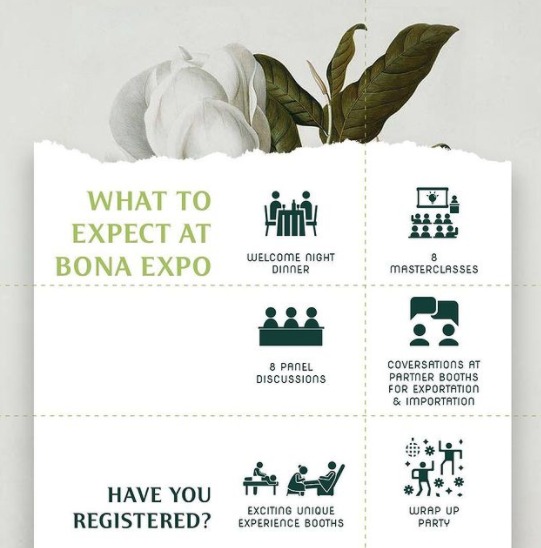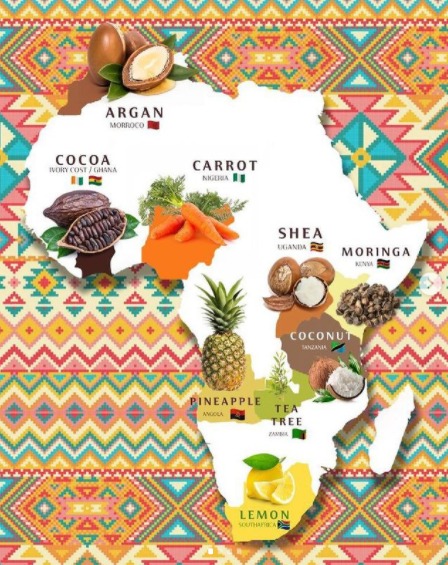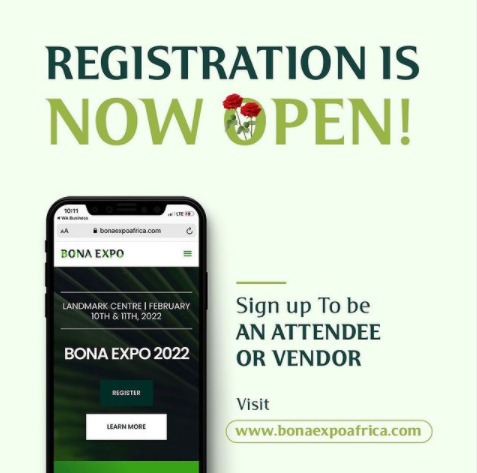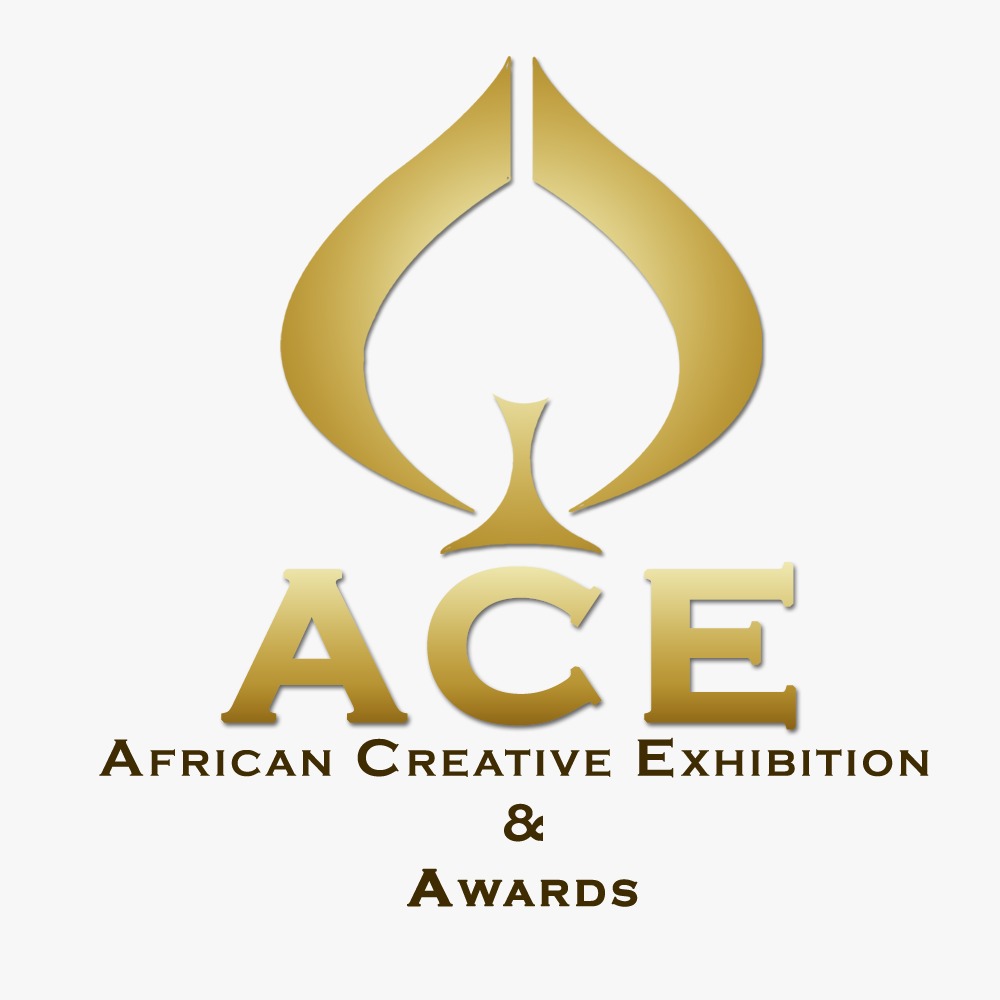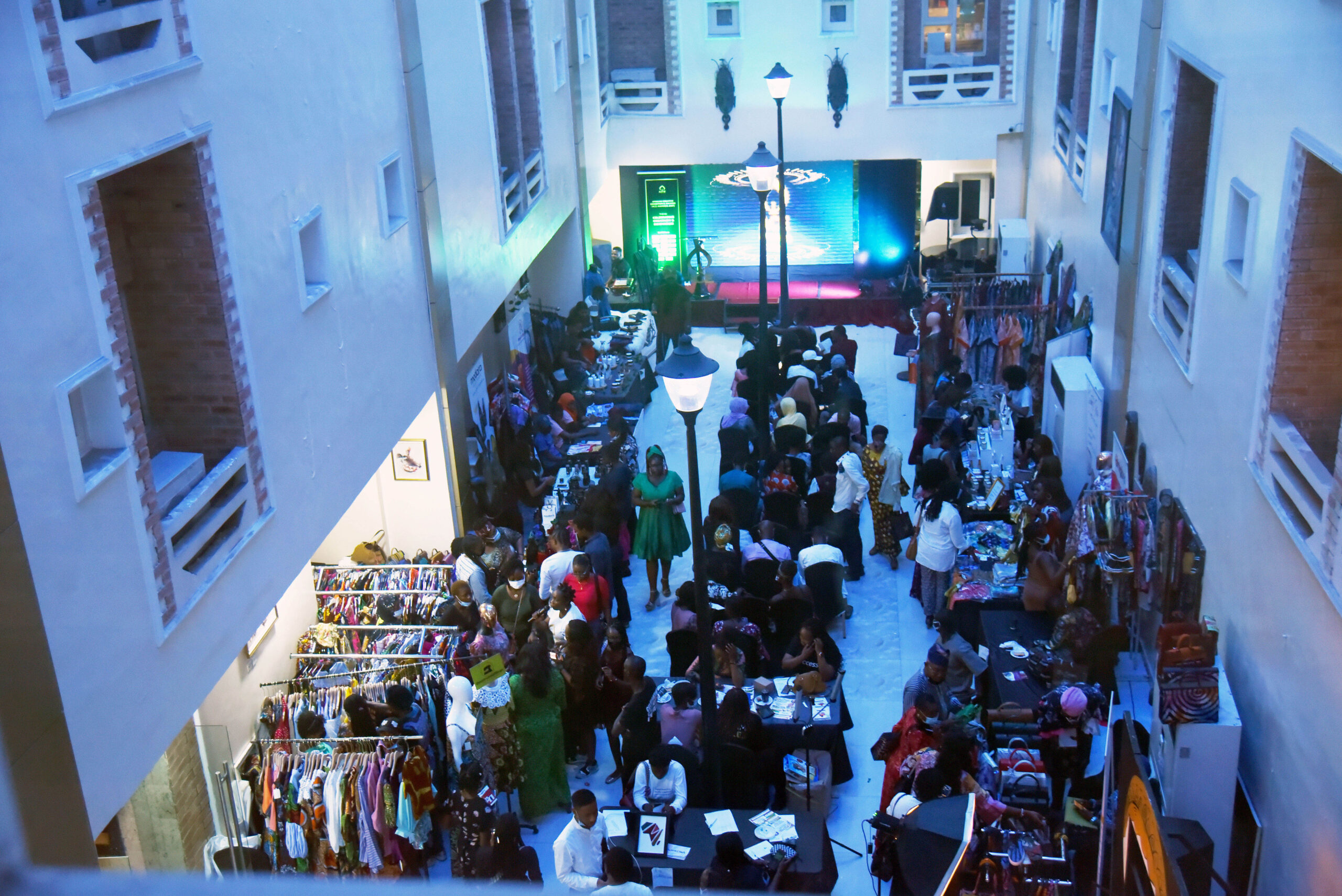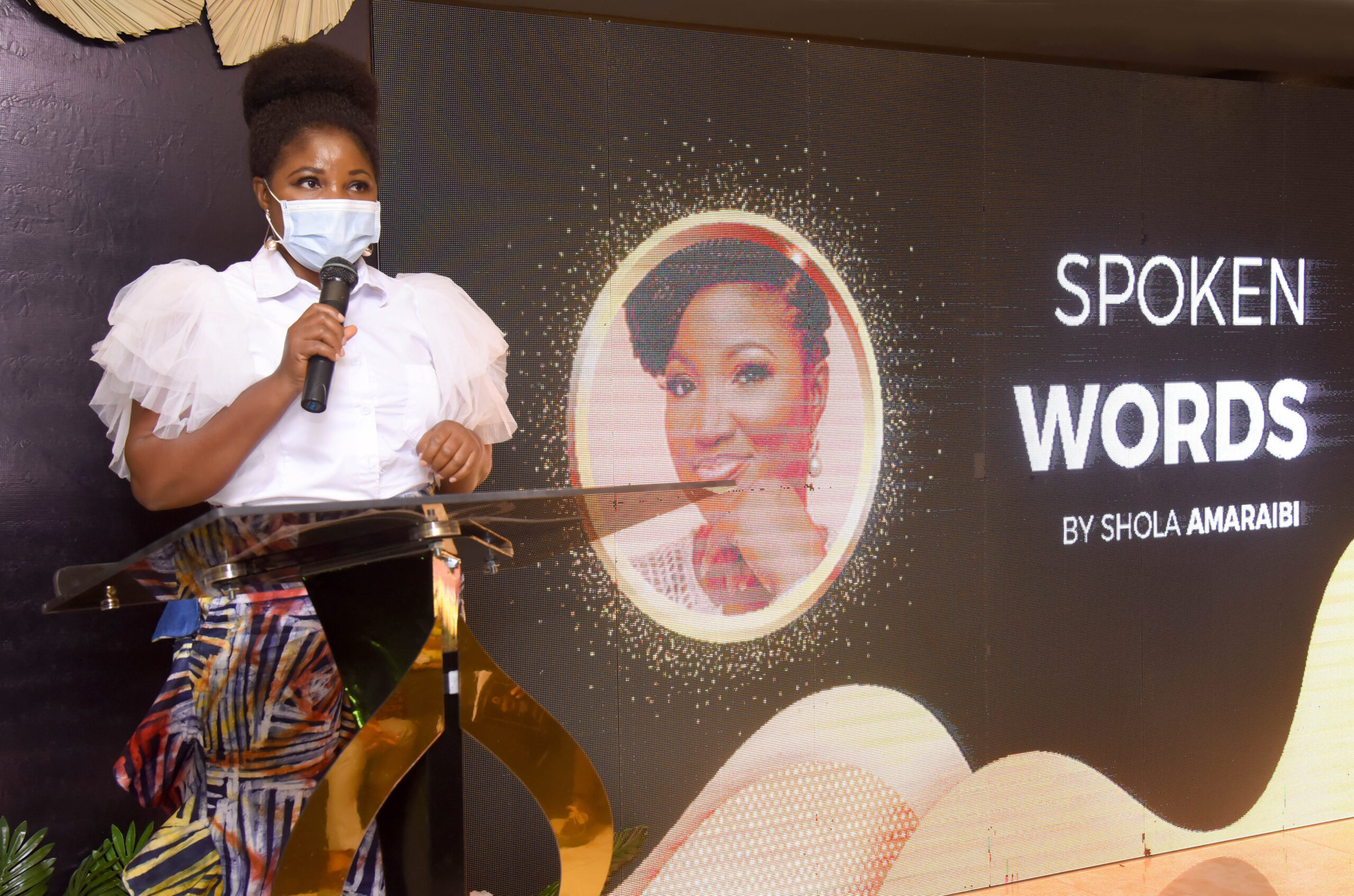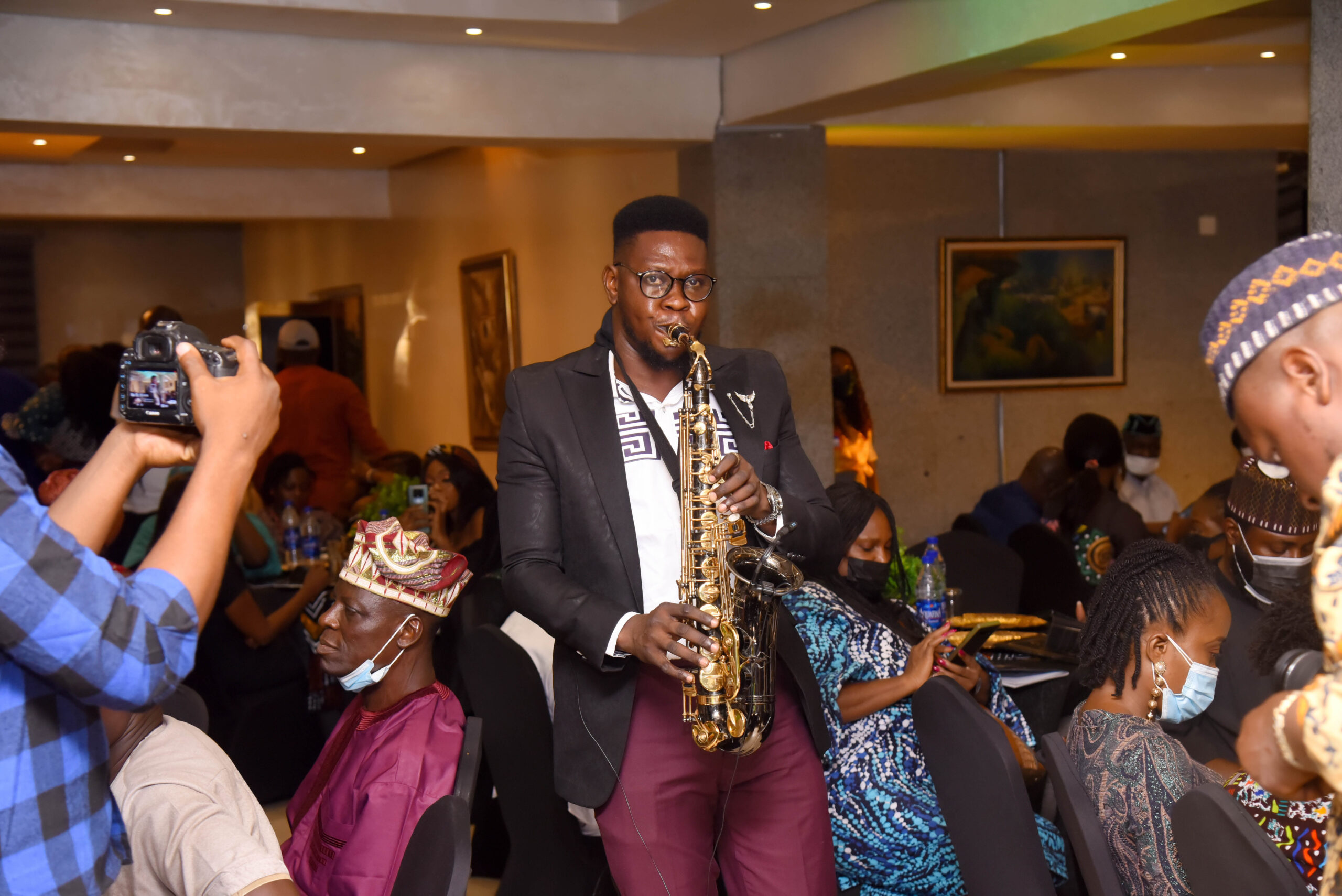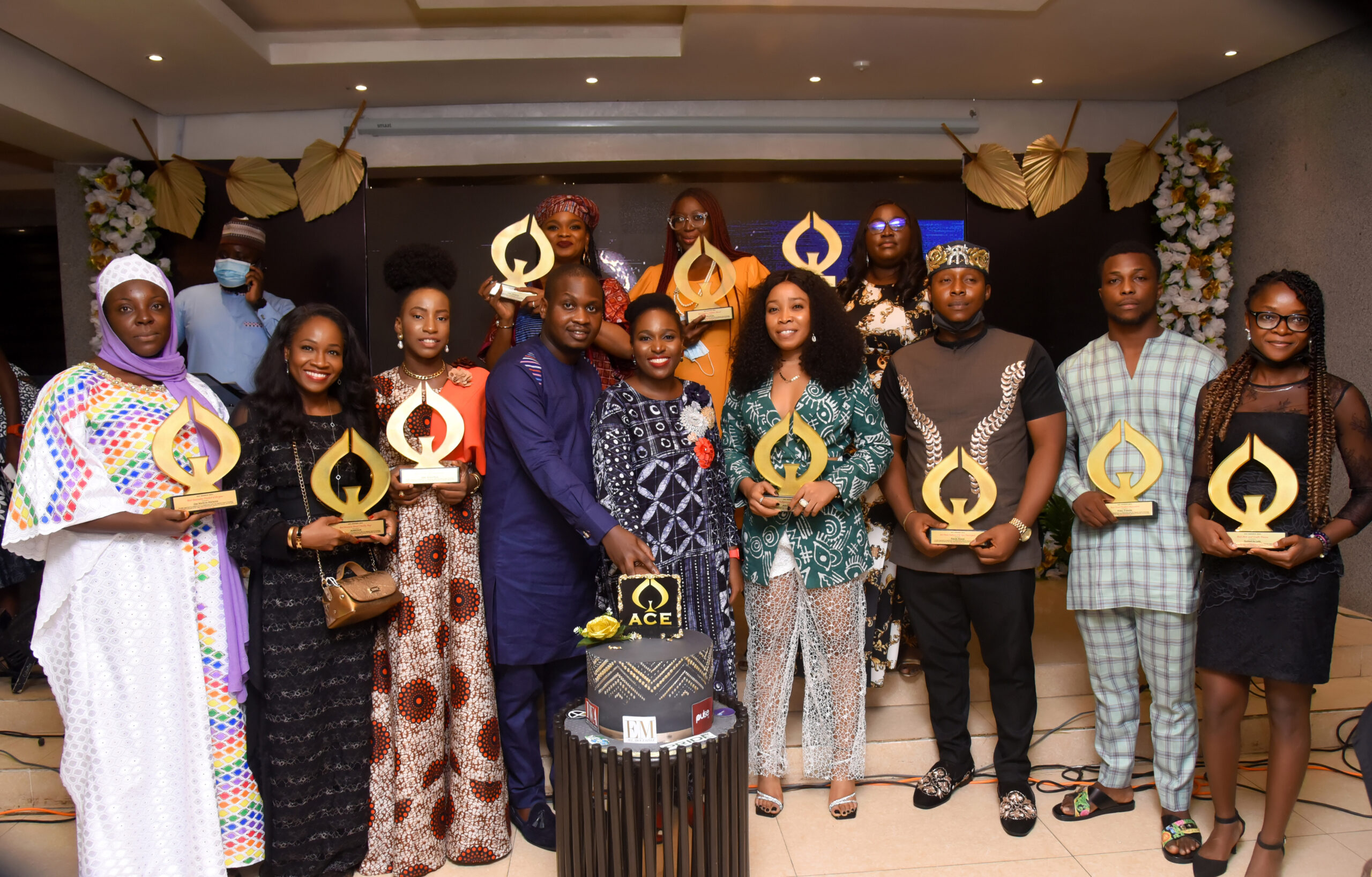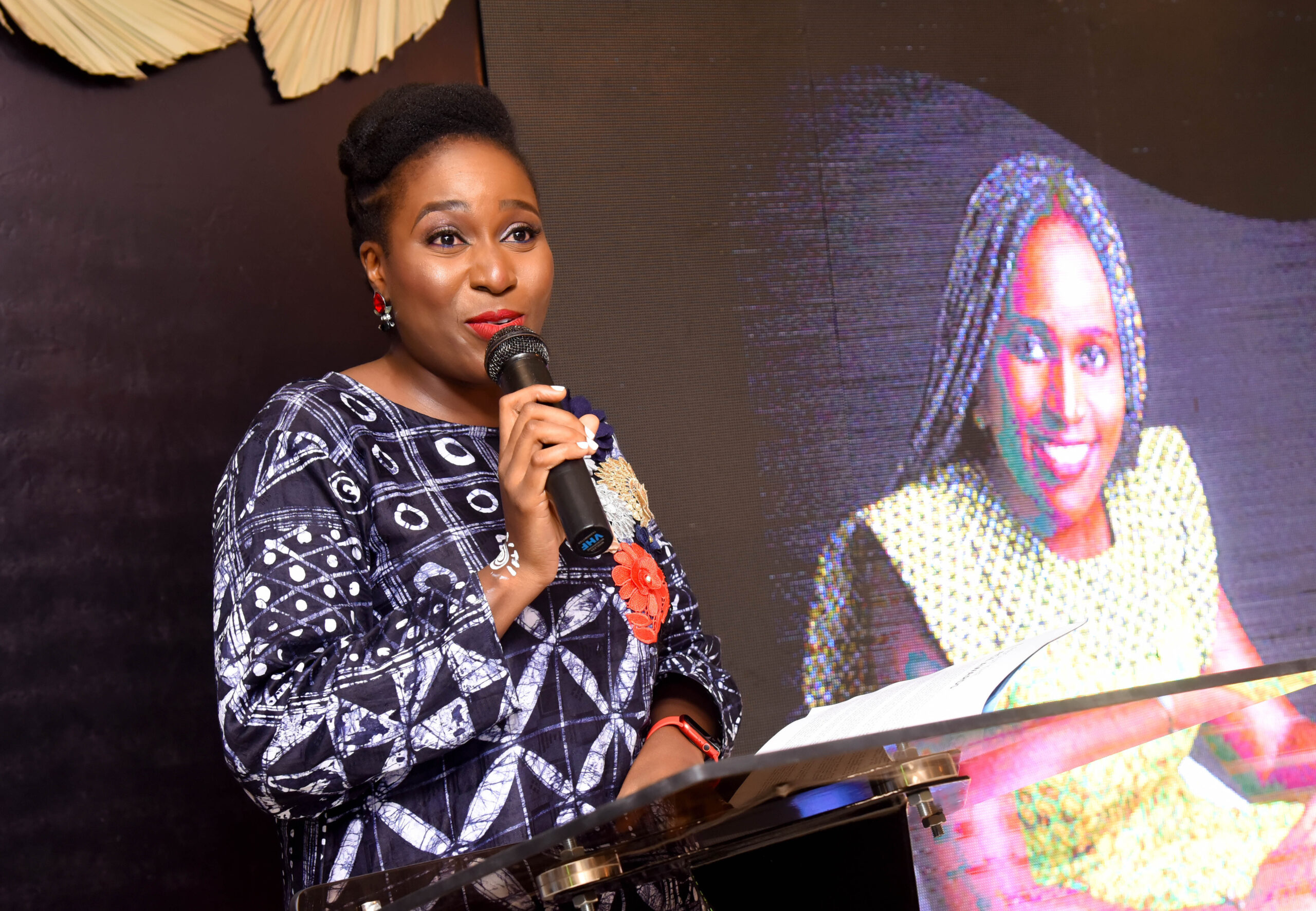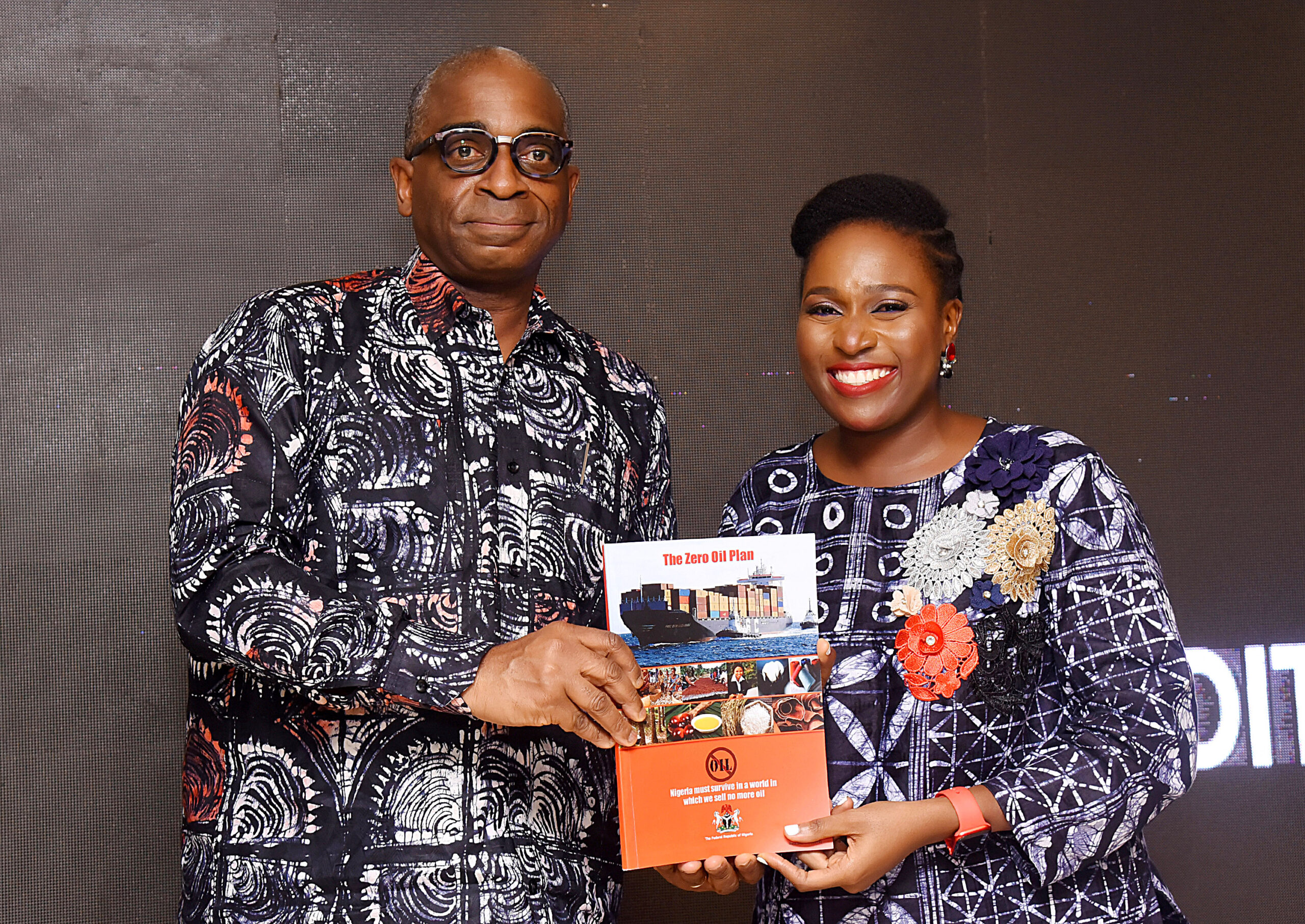Hey Creative, Anjola your friendly Community Manager here. As you know, we are in the month of July 2024 and TALES is just around the corner. A week-long celebration of African Lifestyle, Innovation and Creativity! I am filled with joy to announce the highly anticipated event schedule for ‘The African Lifestyle Experience by Bellafricana’, taking place in London (Gallery Different, 14 Percy Street) from July 4th to July 10th. This week-long celebration promises to be an unforgettable experience, showcasing the best of African culture and craftsmanship in diverse industries ; Fashion, Beauty & Wellness, Home & Living, Food and Music.
In addition to numerous preparations in place for the success of TALES, we recently concluded our “Na My Thing” campaign. The roll out was absolutely amazing, the feedback both parties received was nothing short of successful. This campaign was created to celebrate what makes everyone special by way of your creativity and self-expression by providing them with a platform to share their passion/businesses with the world. We believe that everyone has a special “thing” that makes them unique and we want to hear all about it. It could be in the form of talent, style or a cause you are passionate about. If by chance you happened to miss out on this roll out, check out @bellafricanauk or @bell_africana on instagram to see all the beautiful people that took part in this campaign, here’s a sneak peek.









 If you are interested in participating, join the conversation using the hashtag #TALESbyBellafricana and share what you are passionate about for the chance to be featured on our page.
If you are interested in participating, join the conversation using the hashtag #TALESbyBellafricana and share what you are passionate about for the chance to be featured on our page.
With that being said, I introduce to you, your very own TALES agenda that I suspect will come in very handy for you and your friends.
Event details:
Date: July 4th – July 10th 2024
Time: 10am – 9pm Daily
Venue: Gallery Different, 14 Percy Street, London W1T1DR (near Oxford Street, off Tottenham Court Road).
RSVP for free using this link
Make sure to mark your calendar so you don’t forget <3 …. Thank me later 
Wednesday, July 3
All Day: Event Setup
6:00 PM – 8:00PM: TALES Connect (Invite Only)
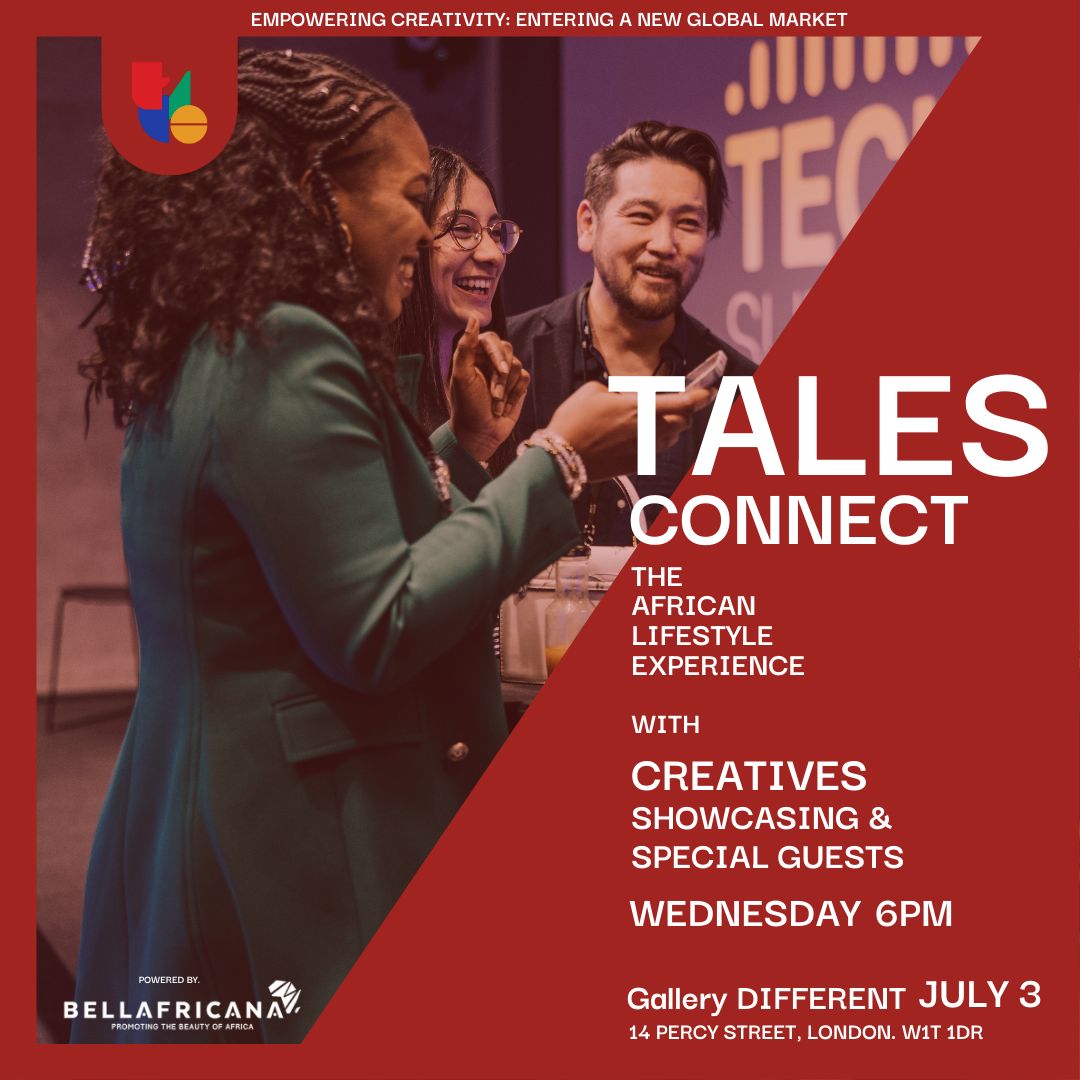
- Networking session for Creative Entrepreneurs and Industry Experts
- Opening remarks
- Guest speakers/panel discussion
- Q&A session
- Closing remarks
Panelists:
- Victoria Omobuwajo : Founder of Sunmo Snacks, a revolutionary brand in the food industry that redefines and inspires health-conscious living with its innovative product range. With a remarkable journey showcasing her tenacity, creativity and business acumen, Victoria has made a significant impact on both the retail and direct-to-consumer industries. Within just two years of its launch, Sunmo has secured retail spaces in esteemed establishments such as Selfridges and Sainsbury’s.
- Amanda Simone : Founder of No.27 The Concept Store, a space created to keep small brands in business. As the first of its kind, The Concept Store provides a boutique for small businesses to regularly host memorable in-person experiences with their clients. After launching the No.27 Membership Programme in April 2024, members have been granted access to independent store use, Brand-Building Masterclasses, one-to-one consultations, guidance and general support with No.27 Director, Amanda Simone. She also sits agency-side as the Media Planning and Marketing Strategy Manager for CHANEL UK and Ireland.
- Therese Oertenblad : Wholesale Expert, has been in the home & gift industry for 15 years. Since 2018, Therese has been working with purpose-led, product based business owners who want to create a consistent income stream for their businesses. Her clients and students include Studio Wald, Claude & Co, Sister Paper Co and many others. Many are now stocked in Liberty, Selfridges, Oliver Bonas, Anthropologie and more independent stores in the UK and abroad. Therese is also on the National Committee for The Giftware Association, and hosts a seasonal business podcast called Let’s Talk Shop, sharing industry specific business advice.
- Elizabeth Stiles : A fashion & textiles brand consultant with 15 years experience in the retail industry working with Next, New Look, River Island & Urban Outfitters as a buyer & sales manager. Elizabeth is incredibly passionate about helping creatives earn more in their business via online coaching focusing on manufacturing & marketing. For the past 3 years she has focused on launching & scaling independent brands including Olive & Frank, and Olivia Rose the Label.
Thursday, July 4th
10:00AM : Official opening of TALES 2024
- Welcome address
- Introduction to the event activities and schedule
- 11:00AM – 9:00PM : Shopping and Vendor Exhibitions
Exhibitors on Thursday:
- PRESTIGE STYLE FASHION
- EFATA BY JUBA
- LITTLE WEAVERS
- TENIADE MACAULAY
- MASSASSI B
- SOCK OF A KIND
- URBAN ESE
- AKPOS UKUDU
- ACCESSORIES BY OREOFE
- ZANETTA FASHIONS
- AILAKOKO
- YOUNG MARY’S
- IJAN TOLA
Friday, July 5th – Sunday, July 7th
- 10:00AM – 10:00PM: Set Up
- 10:00AM – 9:00PM: Shopping and Vendor Exhibitions
- 12:00PM – 2:00PM: Food Tasting Sessions
- 4:00PM – 6:00PM: Dance Off Competitions
- 8:00PM – 9:00PM: Evening Entertainment
Exhibitors on Friday:
- EFATA BY JUBA
- LITTLE WEAVERS
- TENIADE MACAULAY
- MASSASSI B
- SOCK OF A KIND
- URBAN ESE
- AKPOS OKUDU
- ACCESSORIES BY OREOFE
- ZANETTA FASHIONS
- AILAKOKO
- YOUNG MARY’S
- MAP IHEKUBI
- BETHAN CLOTHING
- NEEDLE POINT
- MOT THE LABEL
- MELIA BY JADE
- ST DYMPHNA LAGOS
- BEDAZZLED N MORE
Exhibitors on Saturday:
- PRESTIGE STYLE FASHION
- EFATA BY JUBA
- LITTLE WEAVERS
- SOCK OF A KIND
- ANDREW TABITHA
- ACCESSORIES BY OREOFE
- JOLAADE DESIGN
- AILAKOKO
- YOUNG MARY’S
- MAP IHEKUBI
- BETHAN CLOTHING
- NEEDLE POINT
- GIA 1 FASHION
- UPPER KLASS BOUTIQUE
- MOT THE LABEL
- HEALTHY WARRIORS COOKBOOK
- BEDAZZLED N MORE
- MELIA BY JADE
- ST DYMPHNA LAGOS
Exhibitors on Sunday:
- PRESTIGE STYLE FASHION
- LITTLE WEAVERS
- ACCESSORIES BY OREOFE
- AILAKOKO
- YOUNG MARY’S
- MAP IHEKUBI
- BETHAN CLOTHING
- NEEDLE POINT
- MOT THE LABEL
- MELIA BY JADE
- ST DYMPHNA LAGOS
- BEDAZZLED N MORE
- GIA 1 FASHION
- ZANETTA FASHIONS
- ANDREW TABITHA
- JOLAADE DESIGN
- ISURA
- JANAE STYLE
- CLADINI MINI
- HEALTHY WARRIORS COOKBOOK
Monday, July 8th – Tuesday, July 9th
- 10:00AM – 8:00PM: Sip and Paint & Doodle and Paint
- 10:00AM – 9:00PM: Shopping and Vendor Exhibitions
- 2:00PM – 4:00PM: Doodle and Sip Session
- 6:00PM – 8:00PM: Sip and Paint Session 2
RSVP for free to participate in Doodle, Sip & Paint sessions at TALES using –> this link
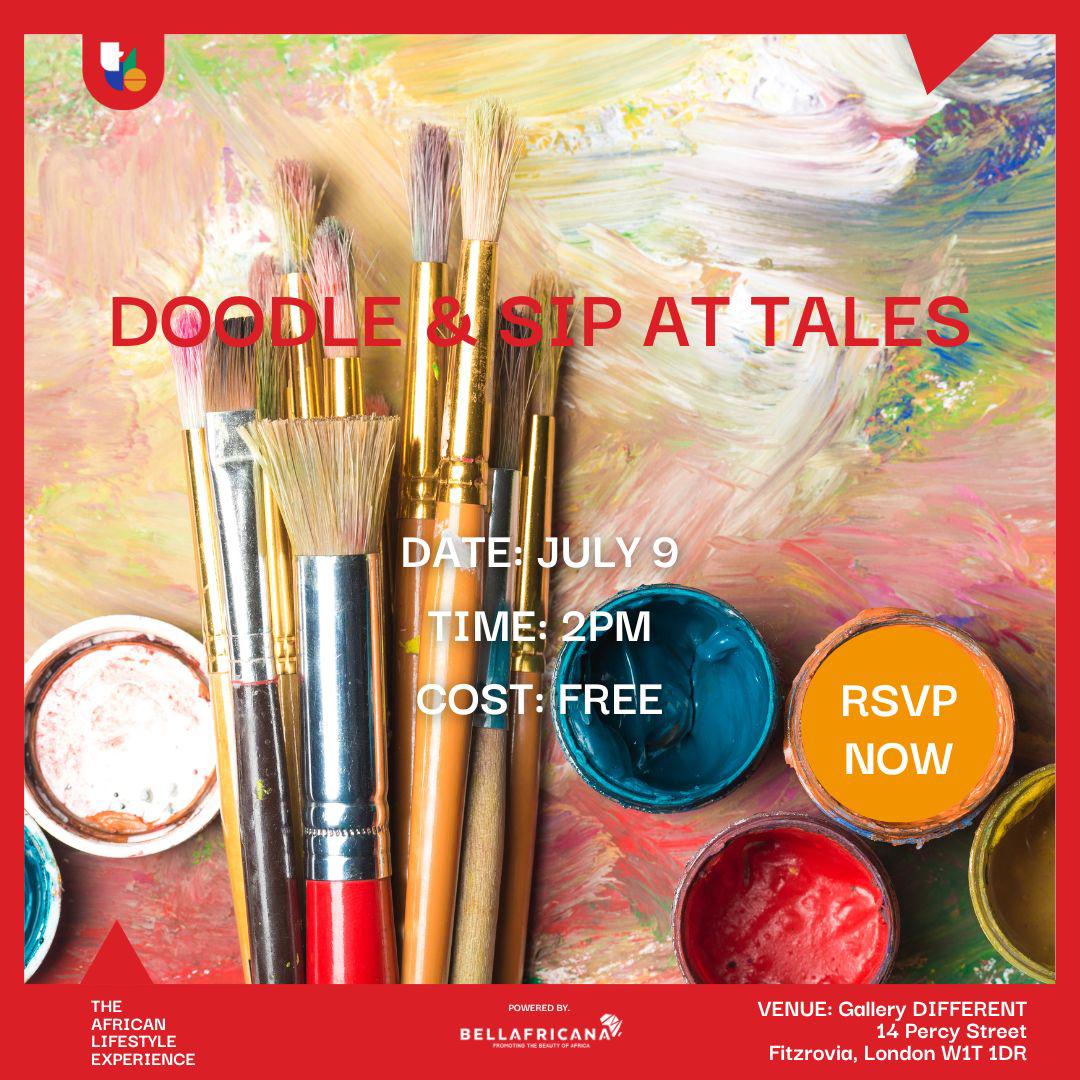
Wednesday, July 10th
- 10:00AM – 2:00PM: Final Shopping and Exhibitions
- 6:00PM – 10:00PM: Closing Party
- 7:00PM – 8:00PM: Entertainment, Dance and Celebration
- 8:00PM – 9:00PM: Closing Remarks and Awards
__
Calling for volunteers for TALES 
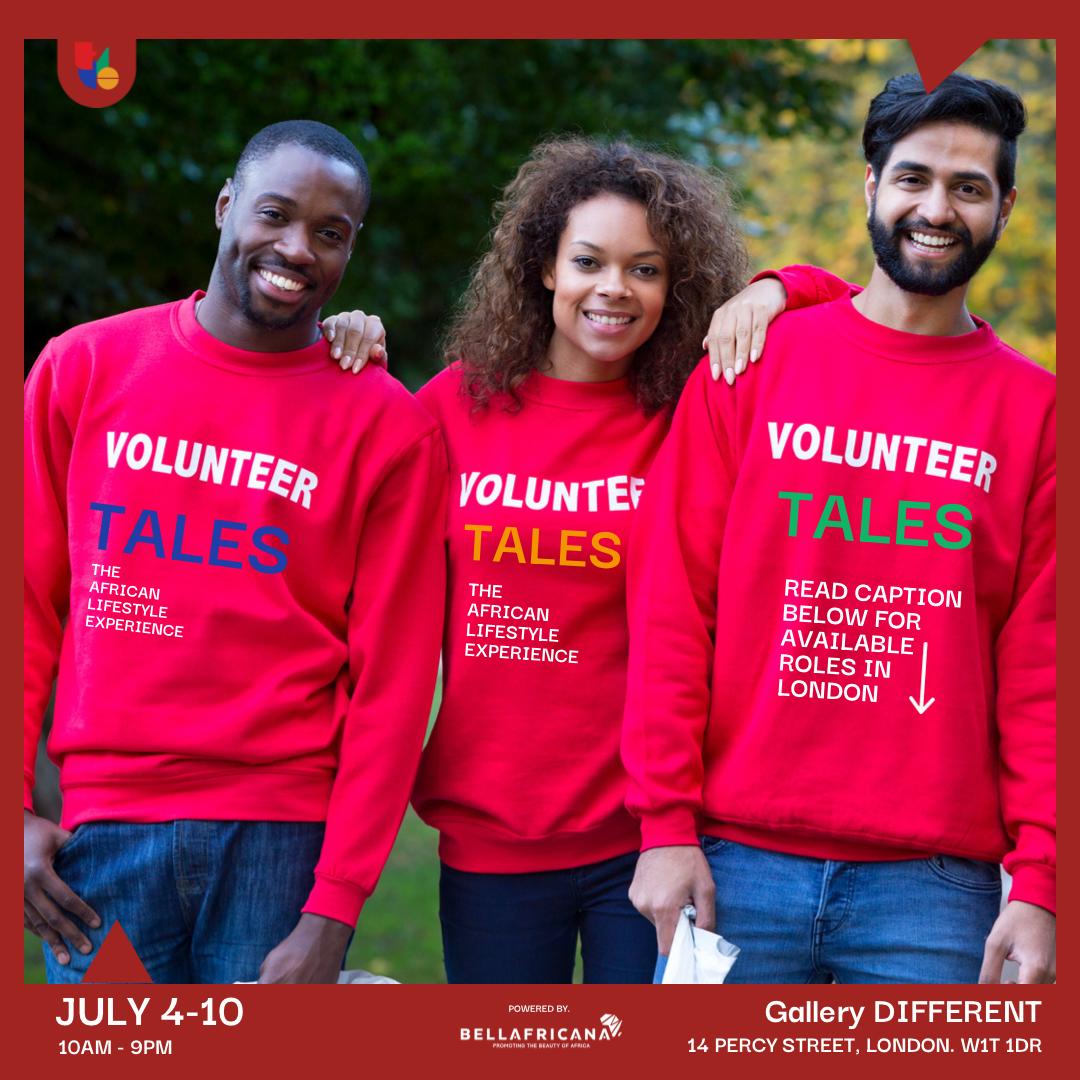
We are seeking a handful of enthusiastic volunteers to fill a variety of key roles and partner with us for the upcoming TALES by Bellafricana to contribute to the success of the event.
Event Highlights :
Dates: July 4th to July 10th, 2024.
Time: 10am – 9pm Daily.
Venue: Gallery Different, 14 Percy Street, London W1T 1DR.
Available roles are:
– Videographer
– Photographer
– Sales Representative
– Event Coordinator
– Social Media Manager / Content Coordinator
– Set Manager
– Logistics Support
– Security Volunteers
– Clean up Crew
– Flyer Distribution / Models
Are you interested in joining the TALES team? Or do you know someone who may be interested in joining us? Spread the word and send applications in.
Aspiring TALES Volunteers should send an email to info@bellafricana.com or a Direct Message to @bellafricanauk on instagram with the subject ‘TALES Volunteer’. We look forward to partnering with you to make The African Lifestyle Experience a resounding success.
Quick Break 
Now, if you don’t mind and have 30 seconds to spare, I’d love to hear from you.
→ Yes, thank you, click this link (here for this 1-question form) to let me know who/what you’re looking forward to seeing at TALES by Bellafricana this July.
→ Trivia of the Week 
To keep things light and fun, let’s play a game.
“How well do you know Africa?”
The question of the week is : Which of these African countries is an Island?
The options for the answer are as follows:
A. Morocco
B. Kenya
C. Madagascar
D. Ghana
Leave your answer in the comment section, remember this is just for fun.
→ When you’re done with that, feel free to check out our social media channels ↓
Join our Instagram community
We’re getting popular on Tiktok
Click to connect with us on Linkedin
Join our followers on X (twitter..?)
Subscribe for our Youtube videos
Read some more Articles
& Don’t be a stranger, leave a follow or a like or two. Better yet, comment something like “Keep the blogs coming” to stay in the loop, also so we know you were here  .
.
__
If, for some weird reason, you’ve missed hearing about Bellafricana before now, allow us to introduce ourselves:
Bellafricana is more than just a platform; it’s a thriving community of African creatives dedicated to supporting and empowering entrepreneurs in the arts & crafts, fashion, beauty, and home & living industries. Led by our visionary CEO, Bukky Asehinde, we’ve been championing African creativity for over a decade, providing the right business support and structure for our members to thrive in a global market. Essentially, we want to see African creative entrepreneurs win internationally.
At Bellafricana, our mission is clear: to be the premier destination for buyers worldwide seeking quality African-made/inspired products. We uphold the highest standards of business ethics and integrity in every interaction with our members, customers, partners, and employees. Through our dedication to excellence, we not only drive economic progress in Africa but also inspire others to contribute to the continent’s development and social advancement.
We understand the importance of business management in creative enterprises, which is why we provide valuable resources and insights on natural skincare products for different skin types. Most importantly, we chronicle African creative culture through the distinctive perspective of Africans for a global target audience.
Together, we can make a meaningful difference in the world, starting with Africa.
In summary: Bellafricana is more than just a platform; it’s a vibrant community where African creativity flourishes. Whether you’re an entrepreneur, a buyer, or simply passionate about African culture, there’s a place for you here. Join us on this exciting journey as we continue to empower African creatives and showcase the beauty of our continent to the world.
__
As we come to the end of this read, I thought it best to conclude with this.
TALES is more than just a pop up event happening in London July 4th-10th 2024 – it’s a movement that empowers African creatives, promotes cultural exchange and celebrates the continents rich diversity. By attending, you’ll be part of something big; a community that is shaping the future of African creativity and entrepreneurship.
Get Your Tickets Now – you don’t want to miss out on this unforgettable experience, secure your spot today and be part of the ultimate cultural celebration!
You can RSVP for FREE using this link.
We at Bellafricana look forward to welcoming you to TALES: The African Lifestyle Experience!
On that note, see you at TALES.
Bye for now.
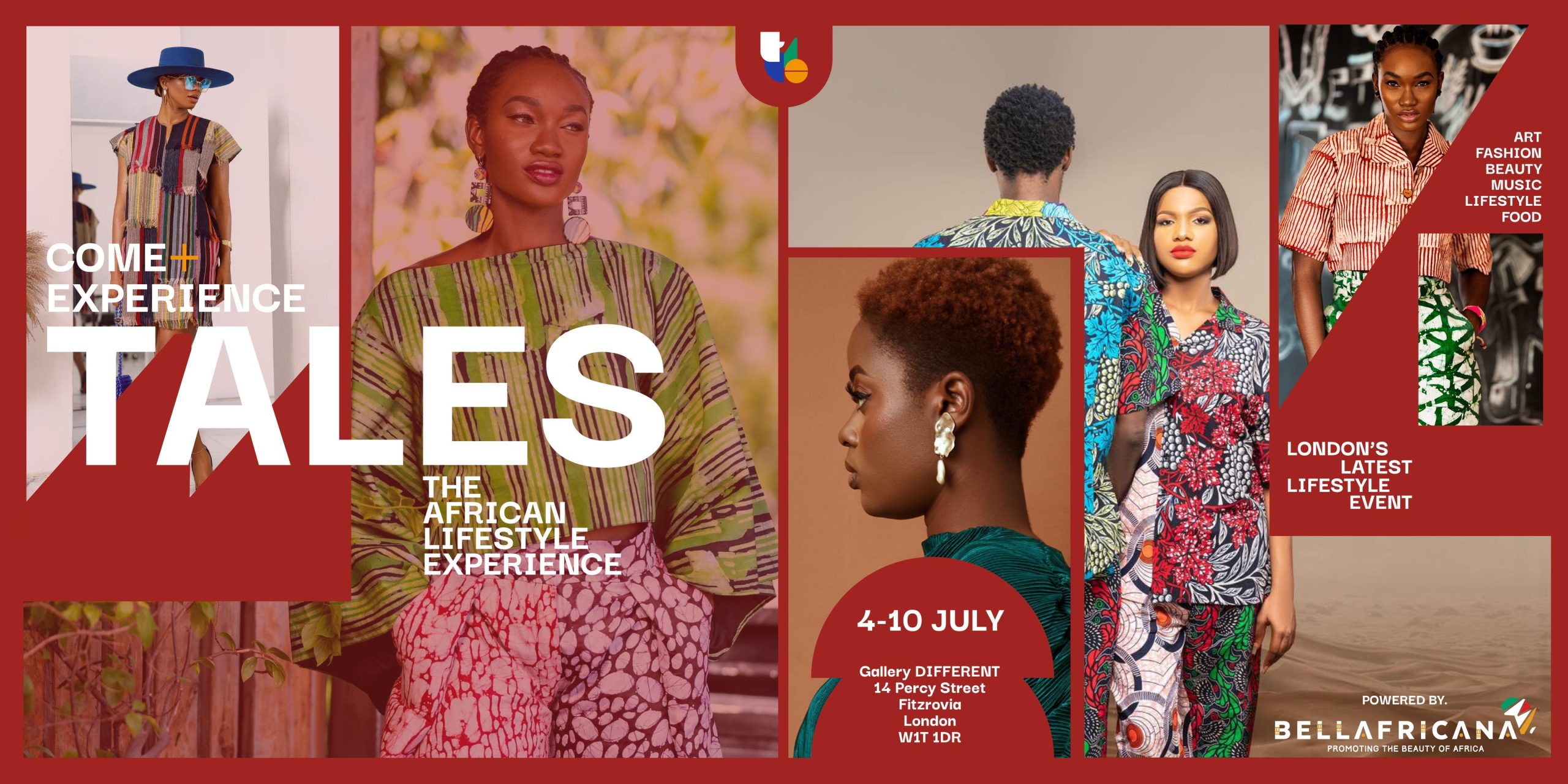

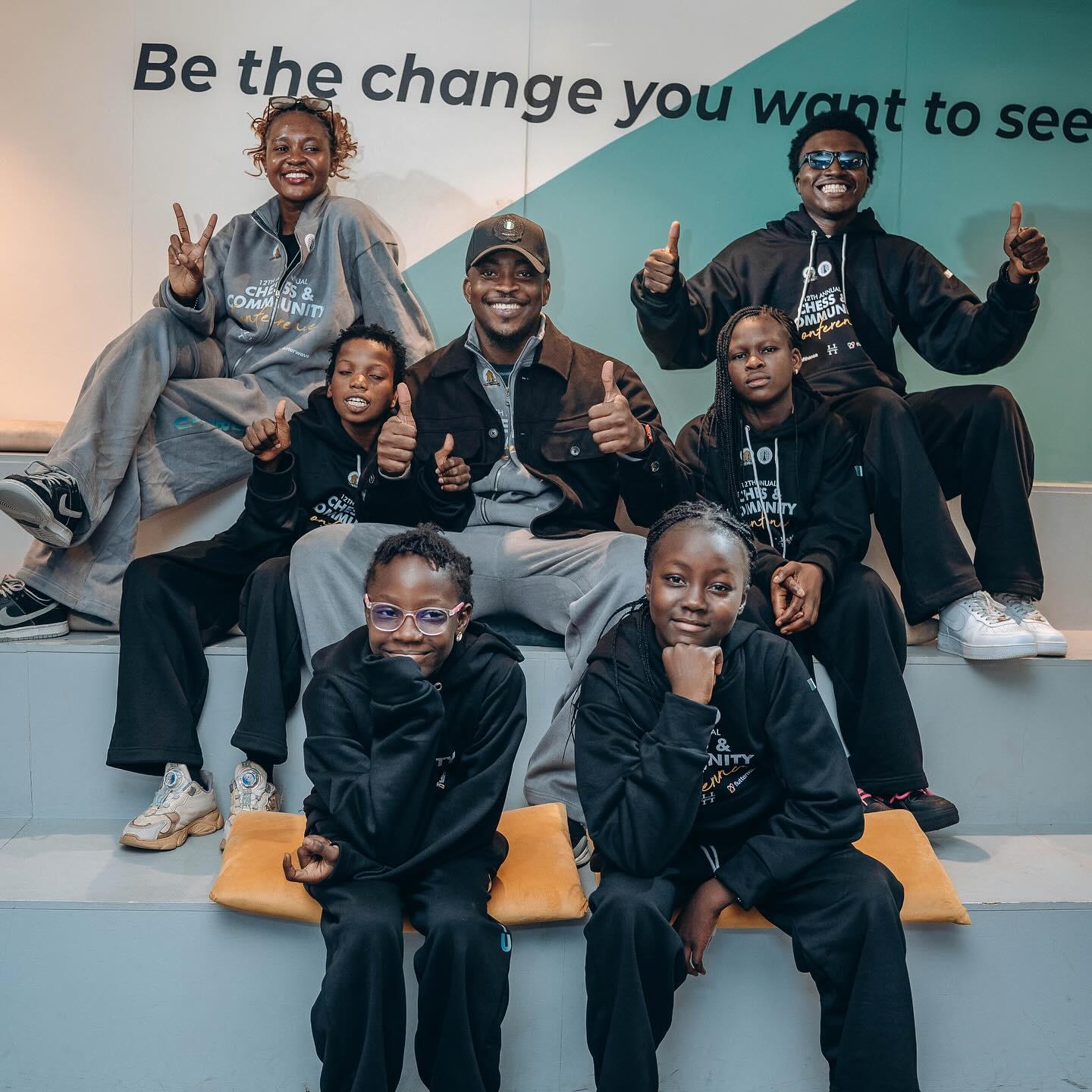
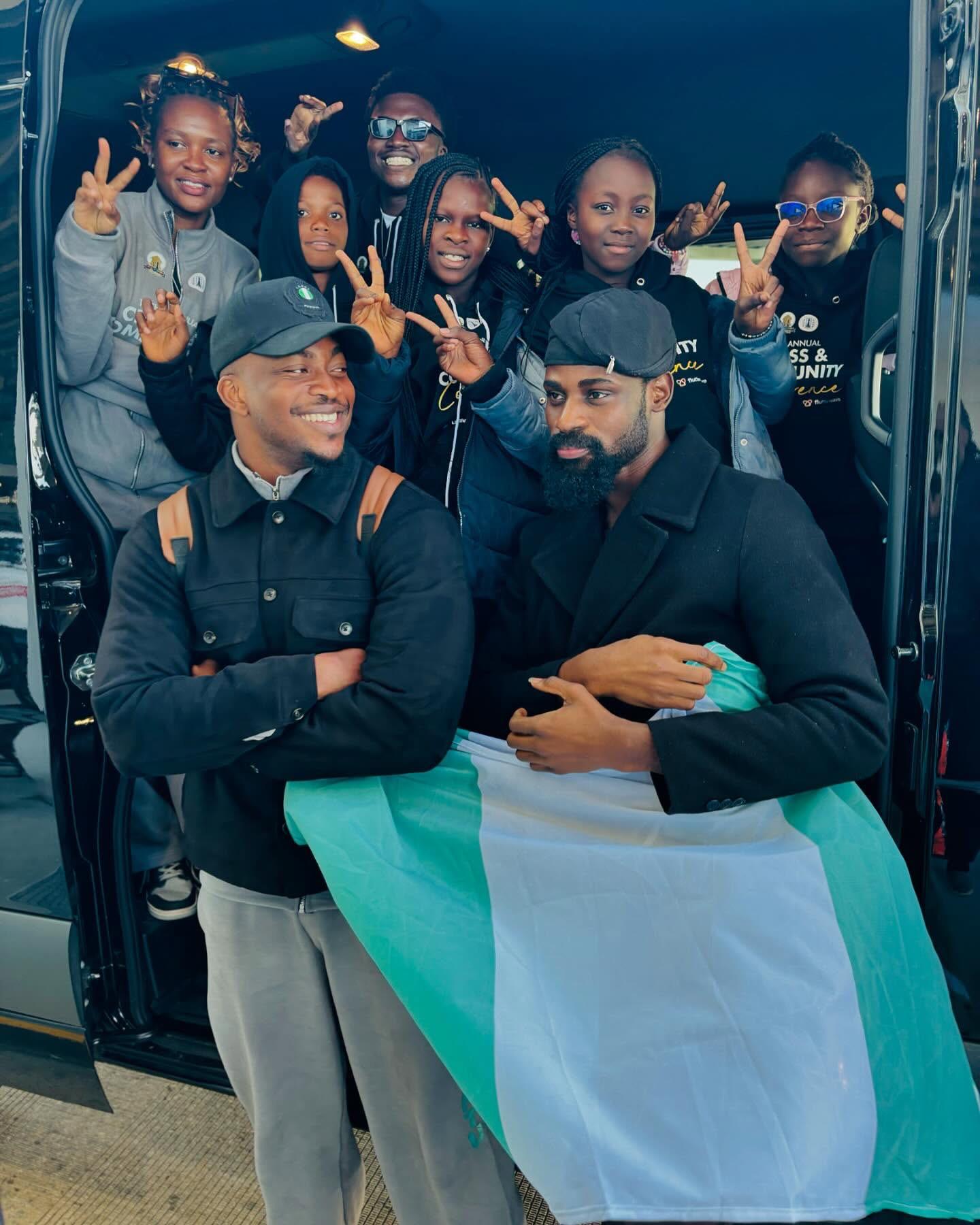

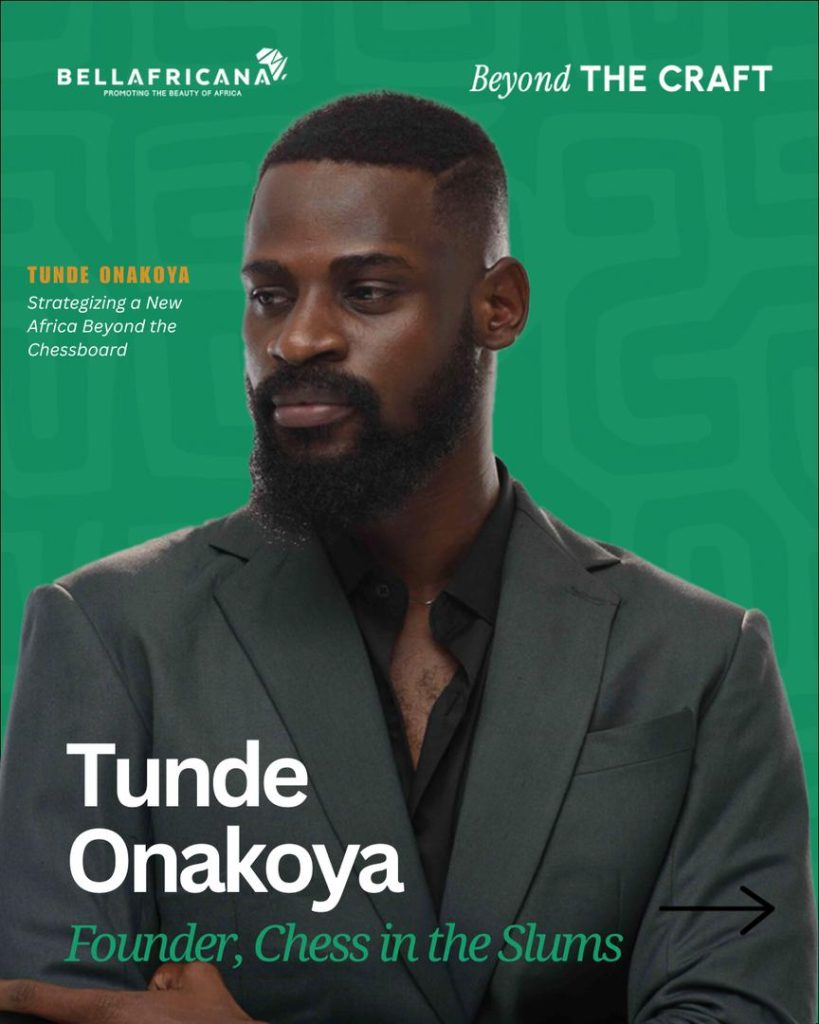


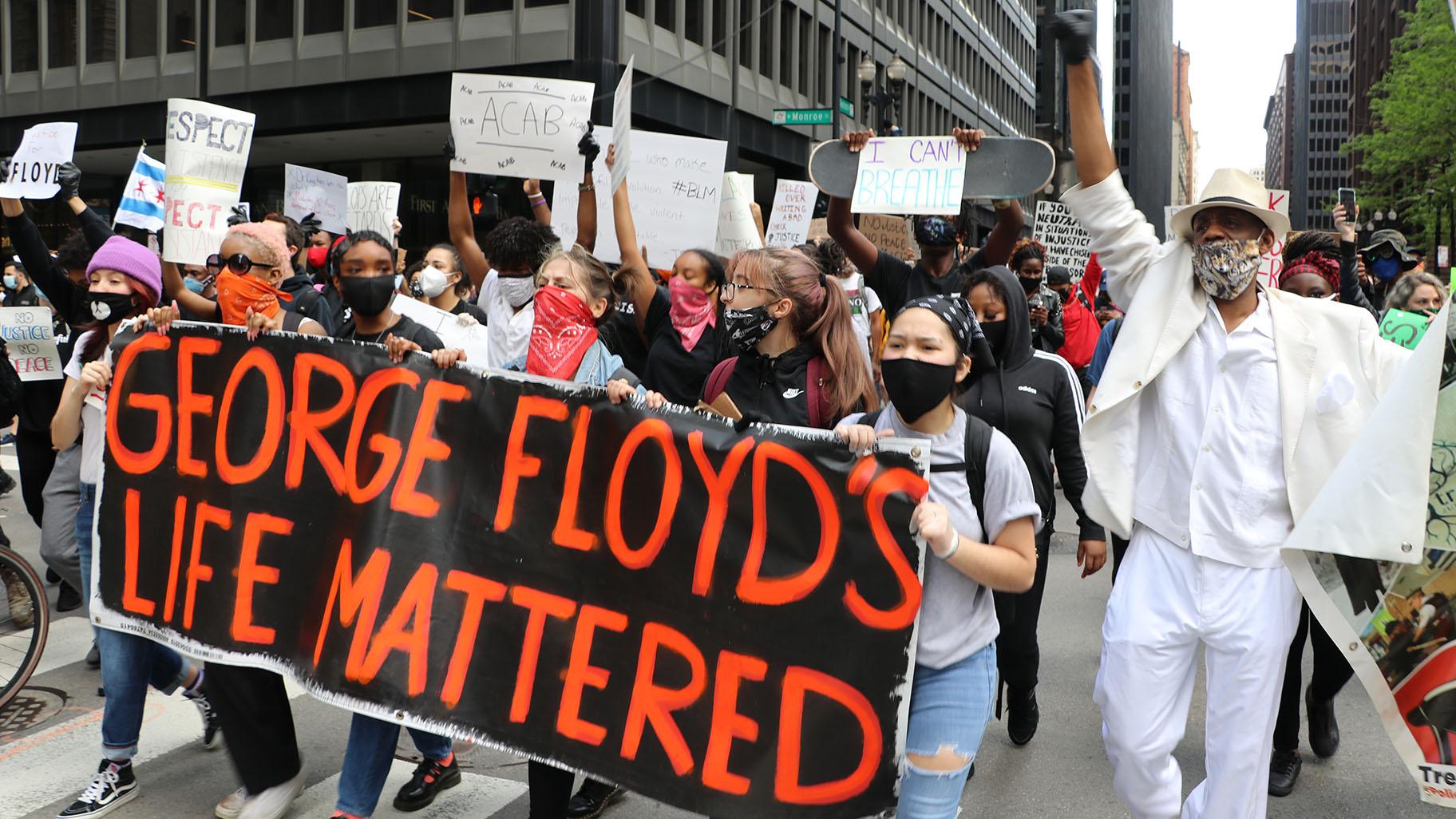
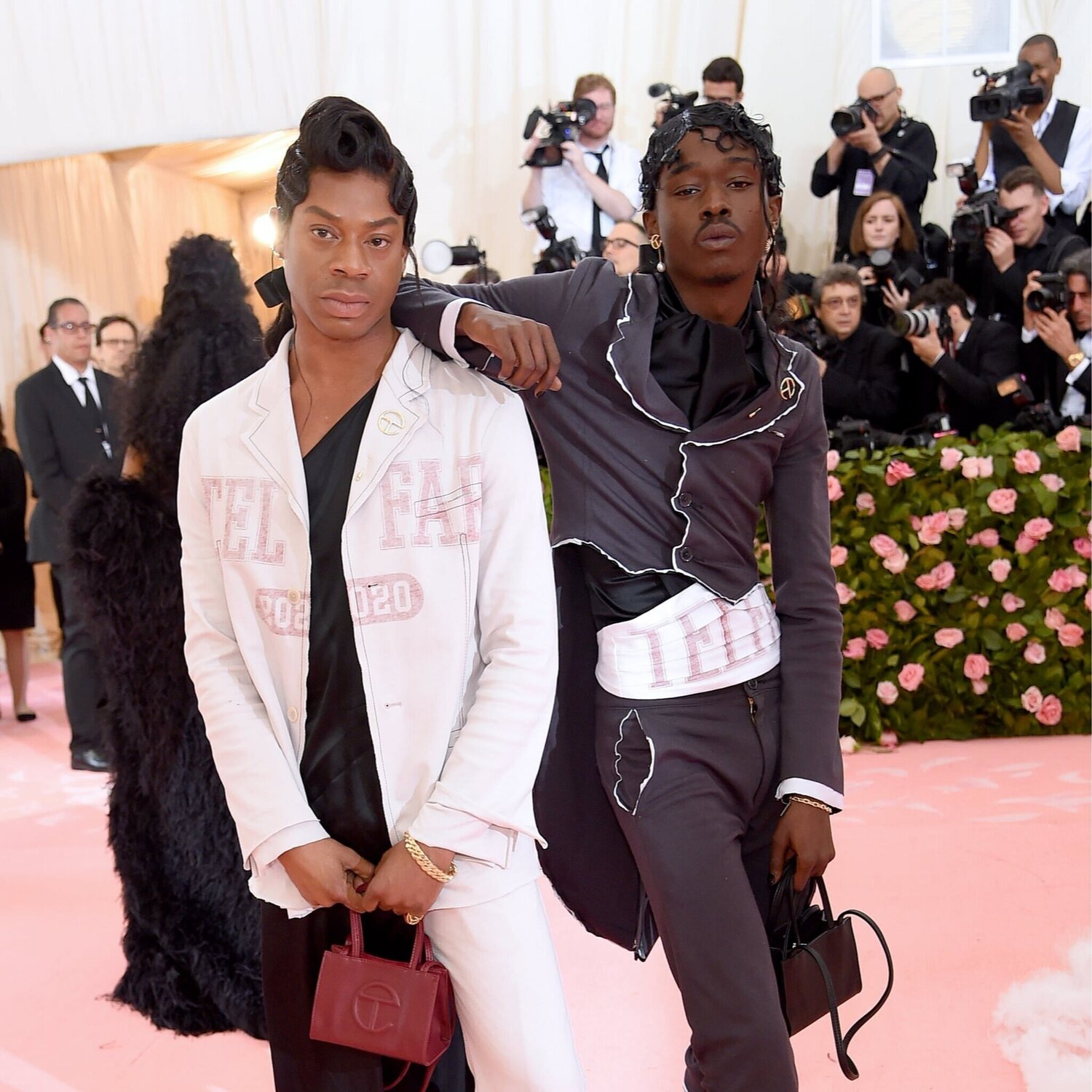










 If you are interested in participating, join the conversation using the hashtag #TALESbyBellafricana and share what you are passionate about for the chance to be featured on our page.
If you are interested in participating, join the conversation using the hashtag #TALESbyBellafricana and share what you are passionate about for the chance to be featured on our page.






 .
.

 YOU are cordially invited to come, shop, look around, take pictures, make videos, form new connections and have an amazing time surrounded by CREATIVITY.
YOU are cordially invited to come, shop, look around, take pictures, make videos, form new connections and have an amazing time surrounded by CREATIVITY. 
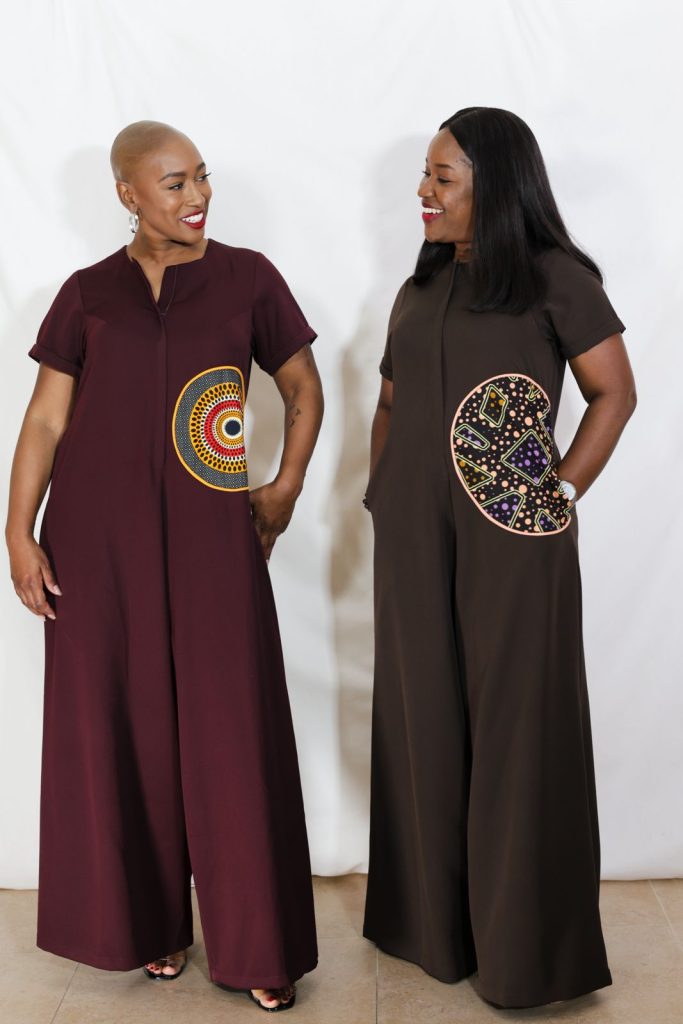
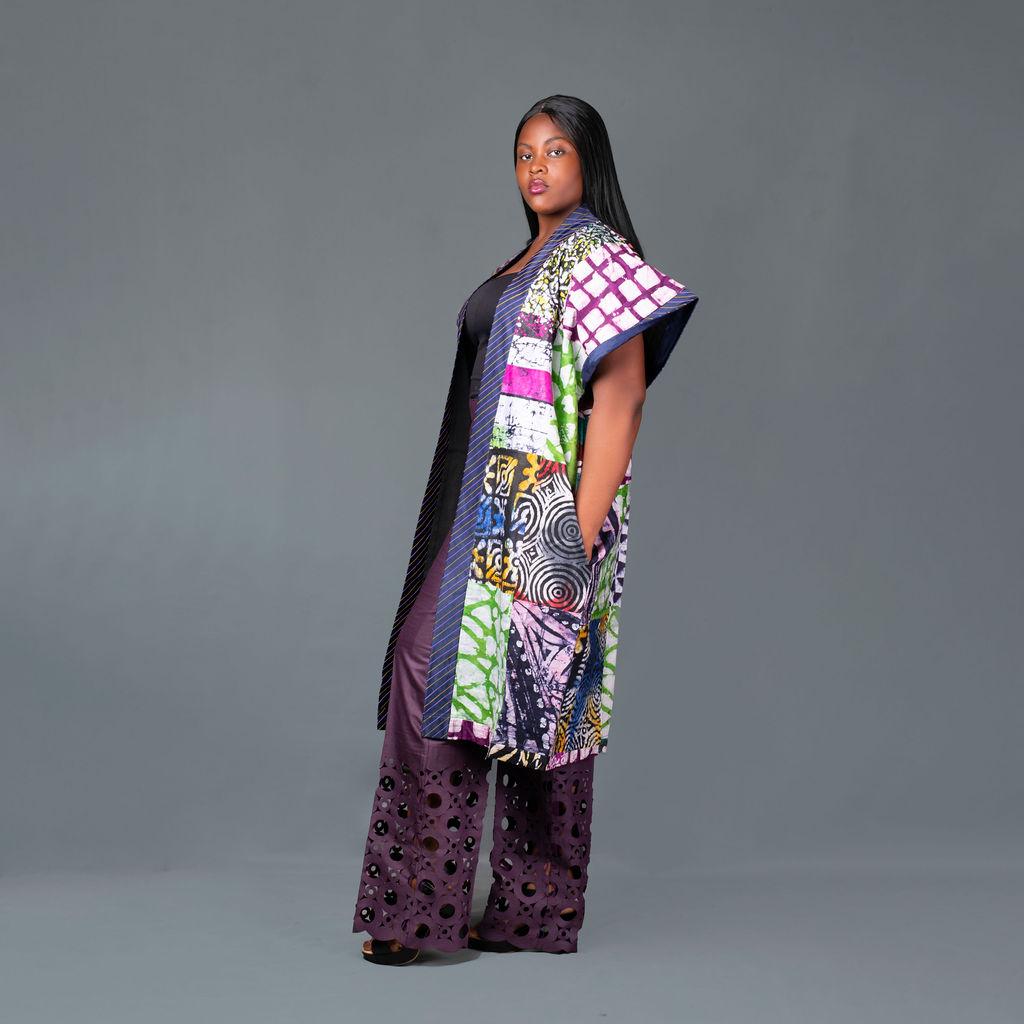
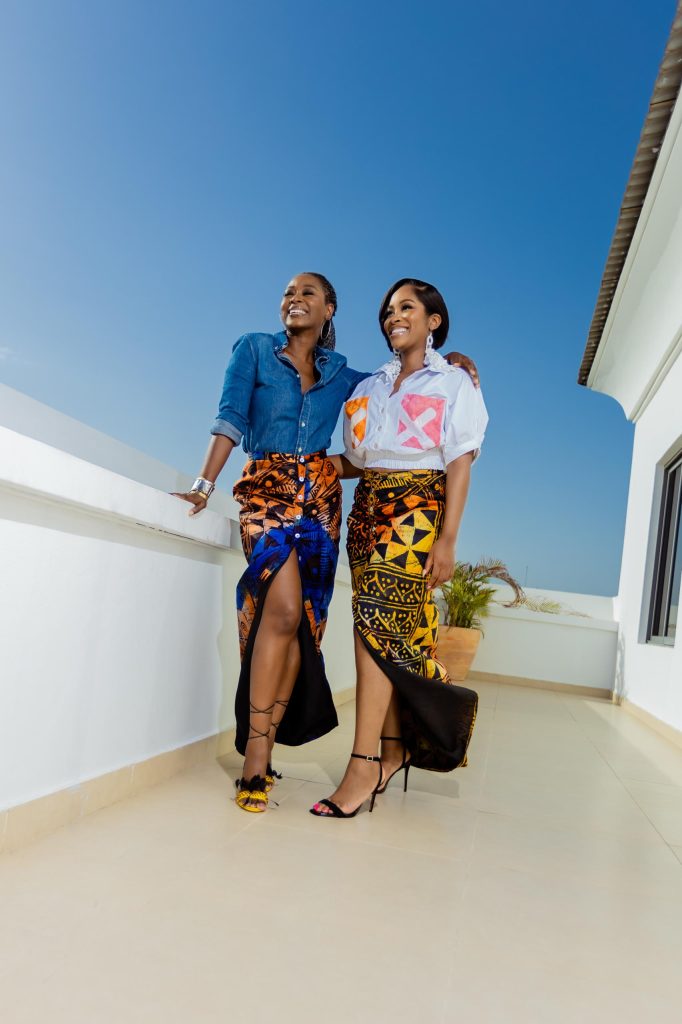
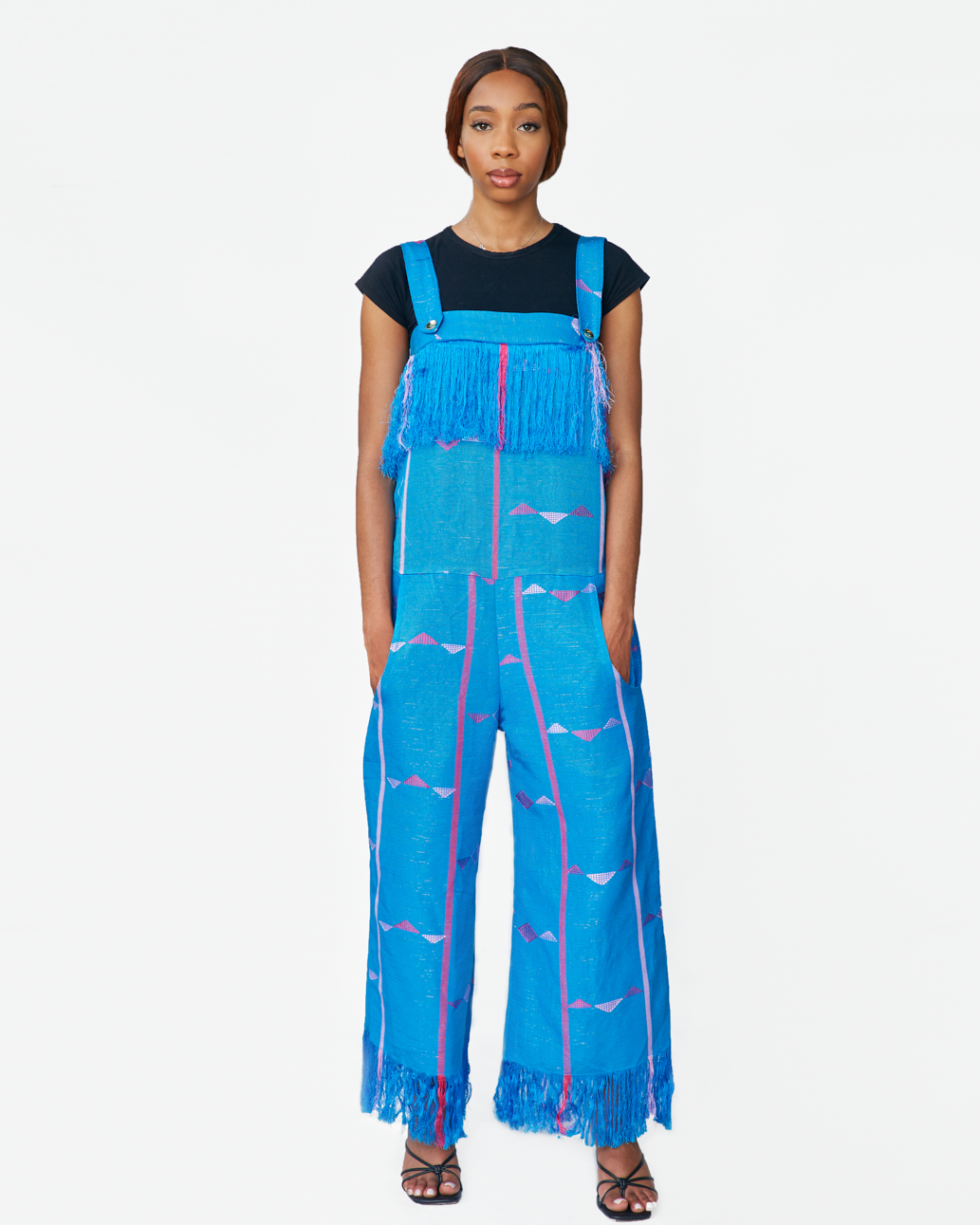



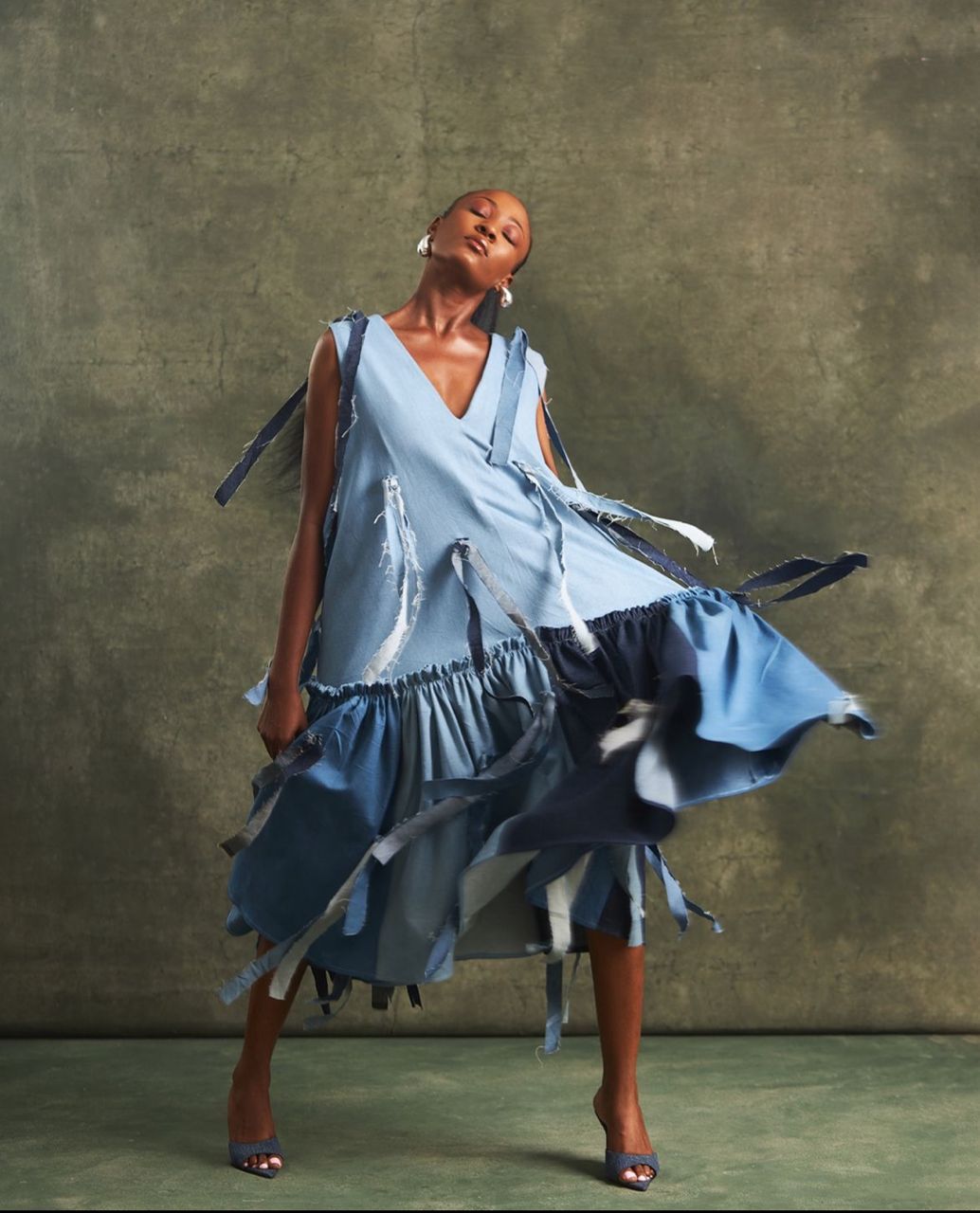

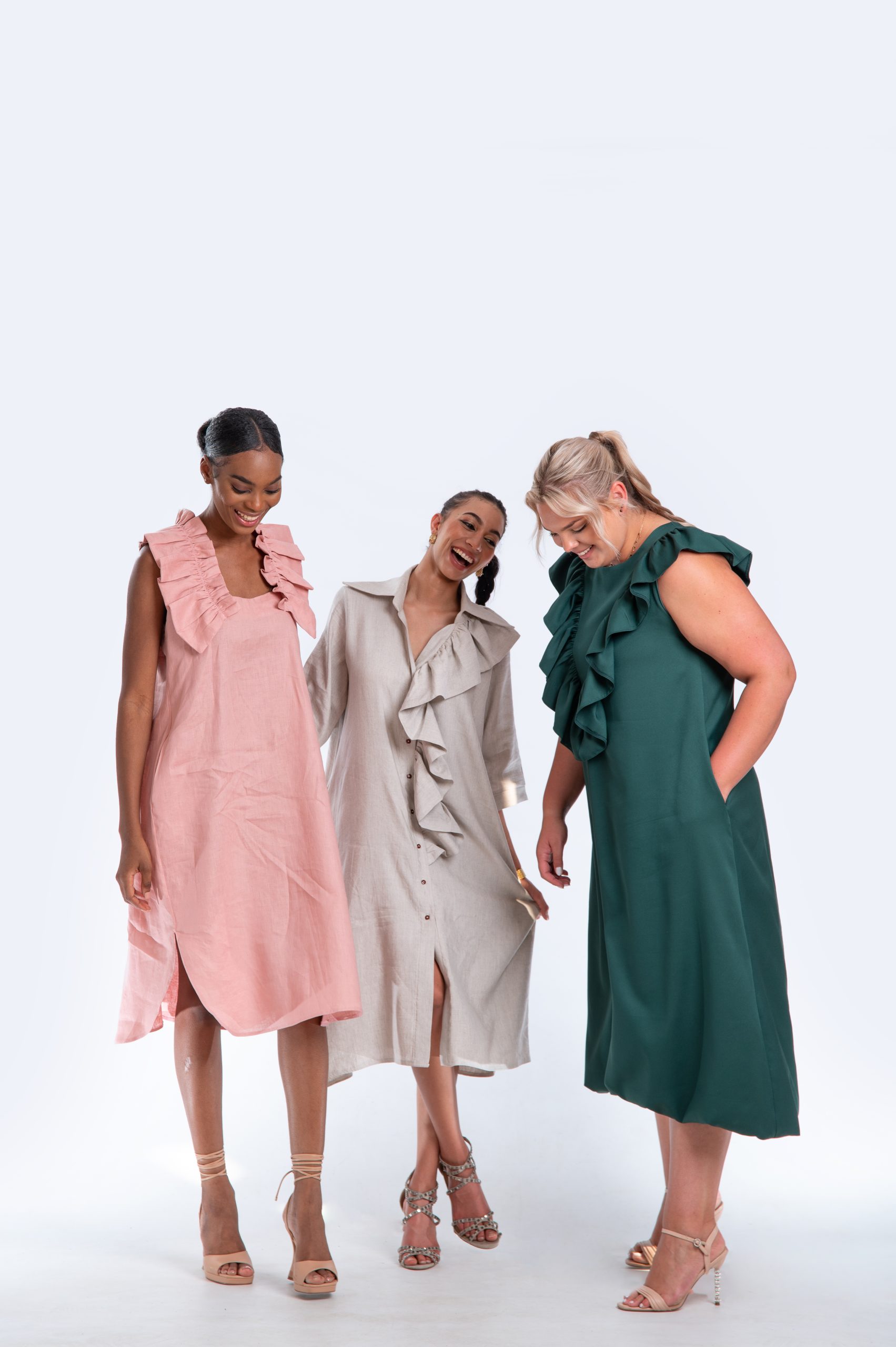
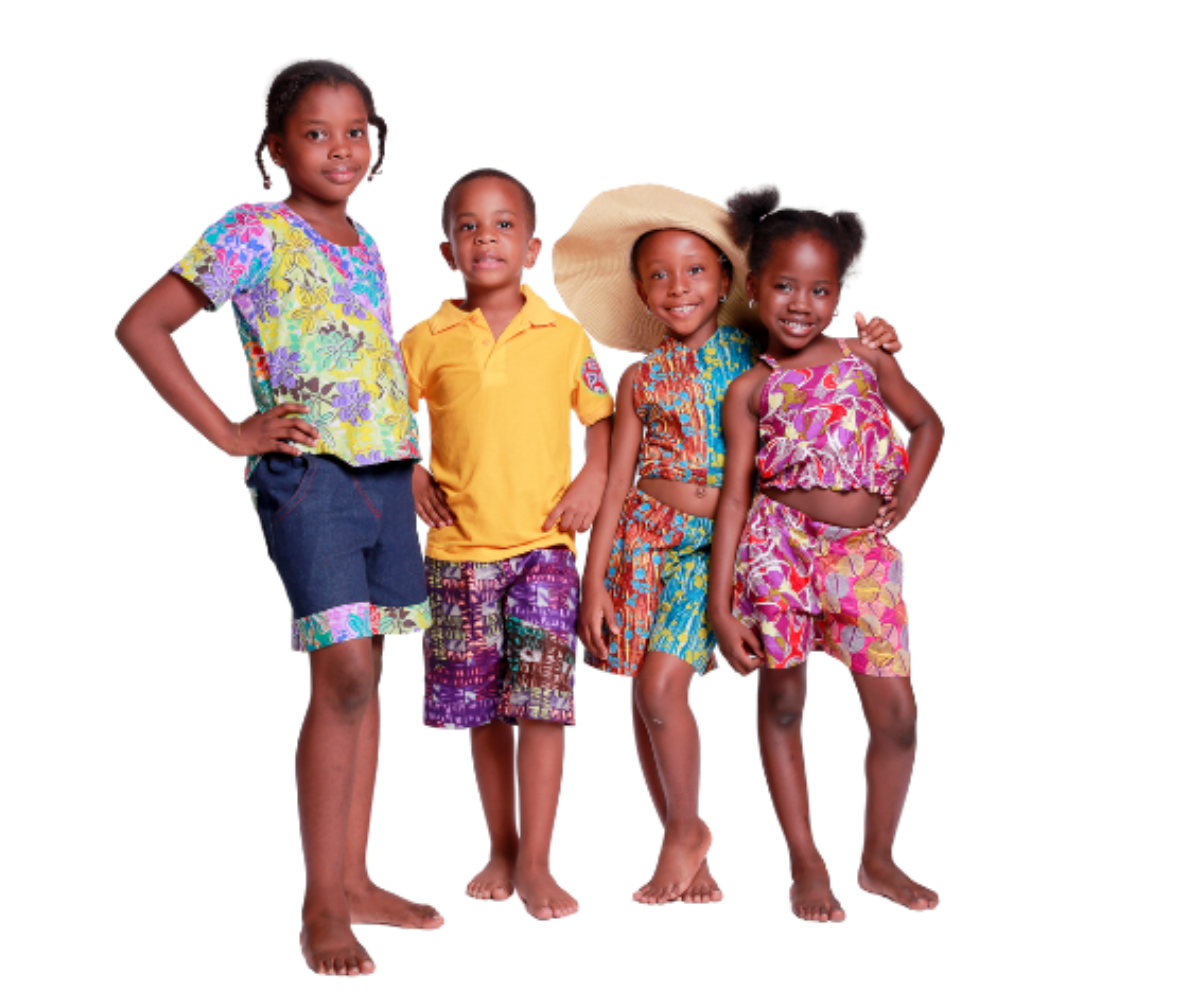
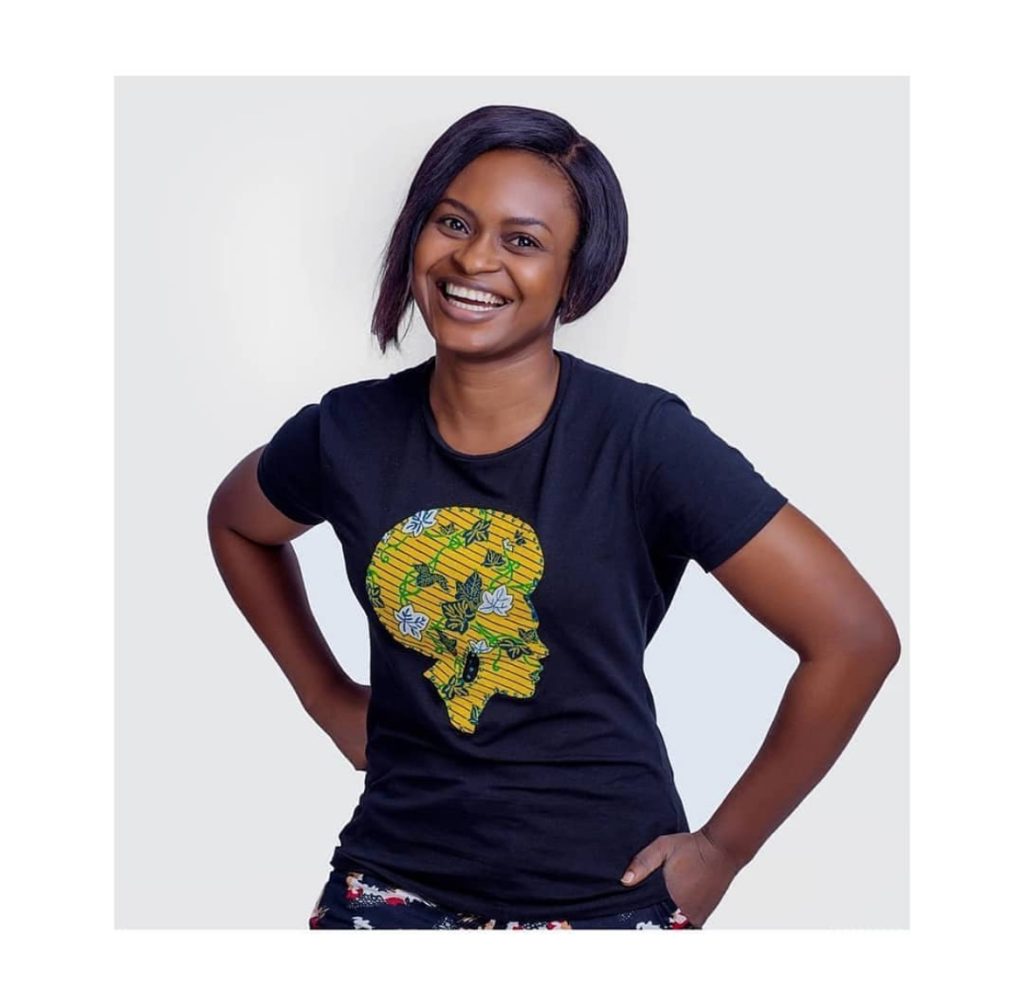
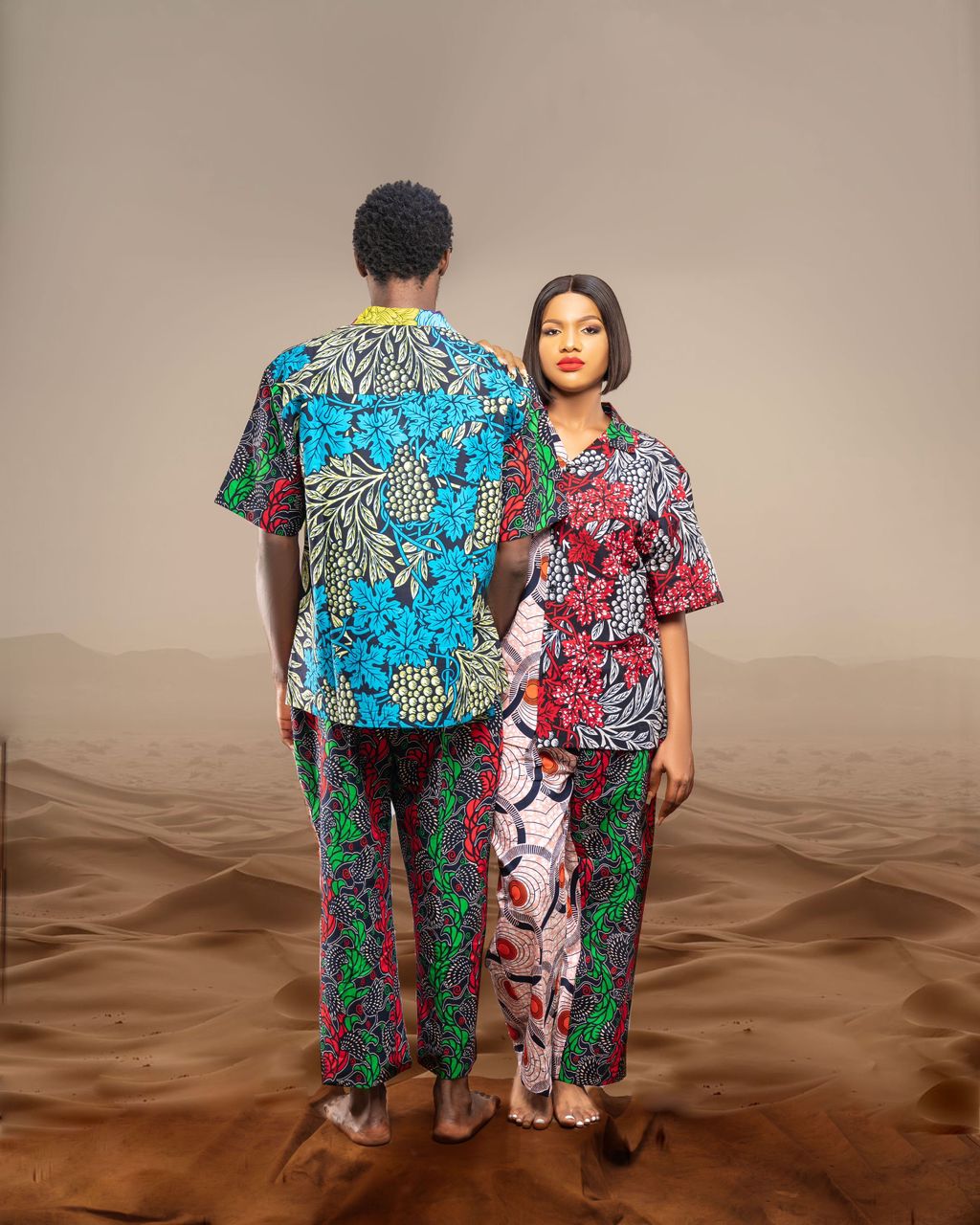

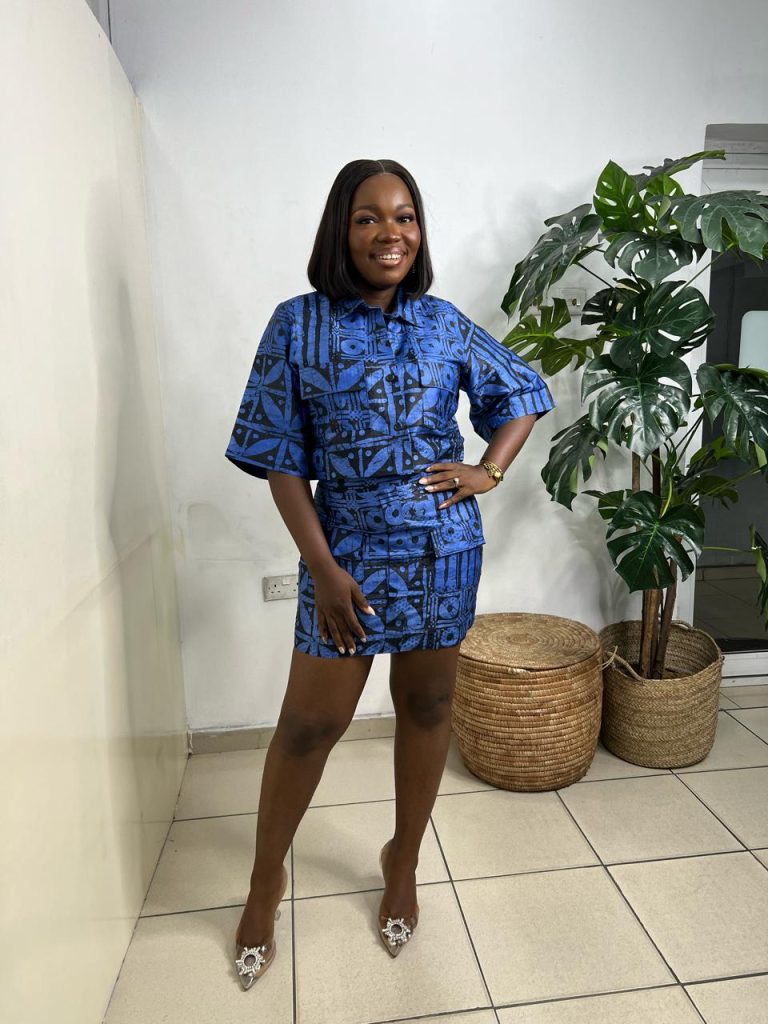
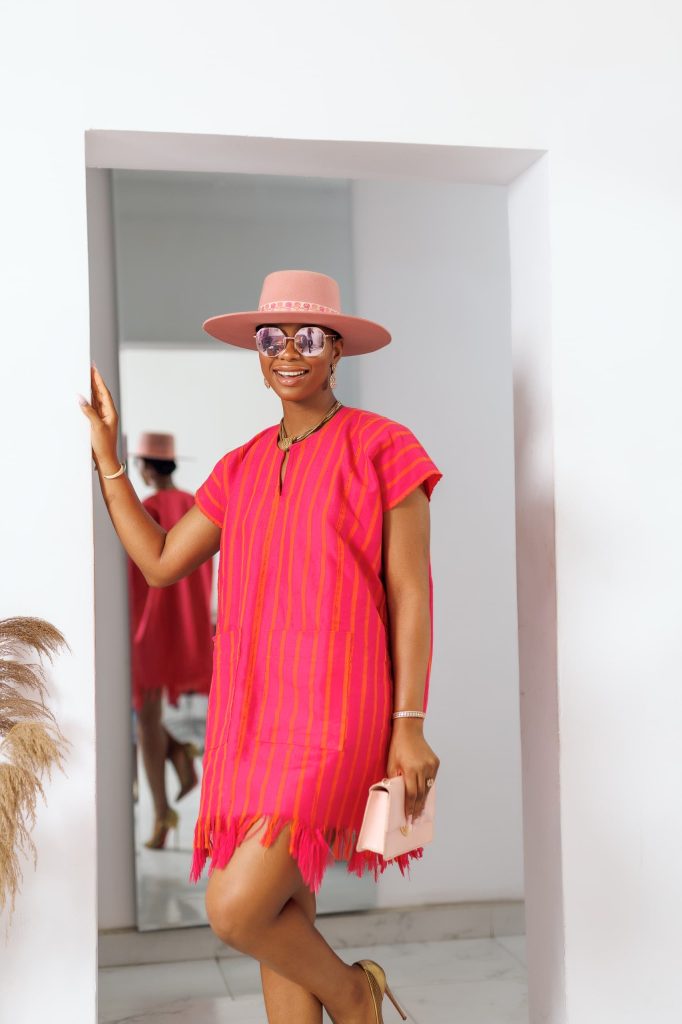




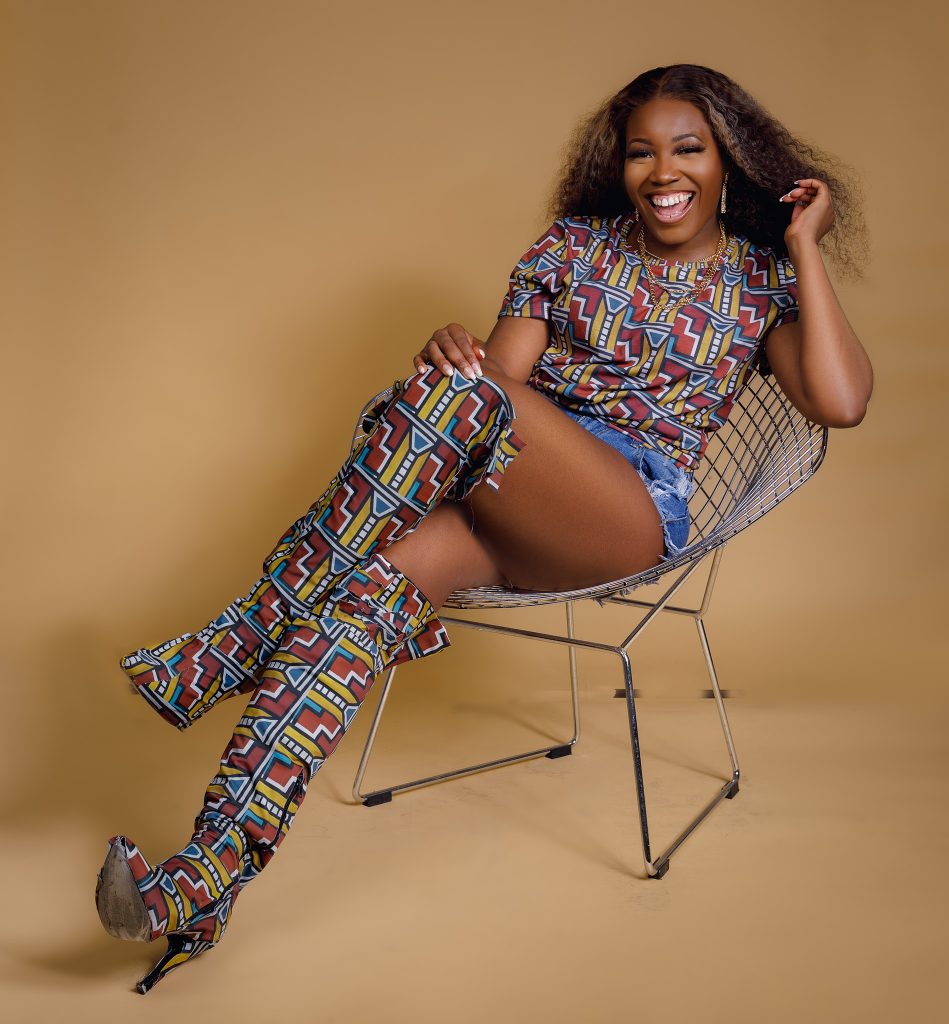

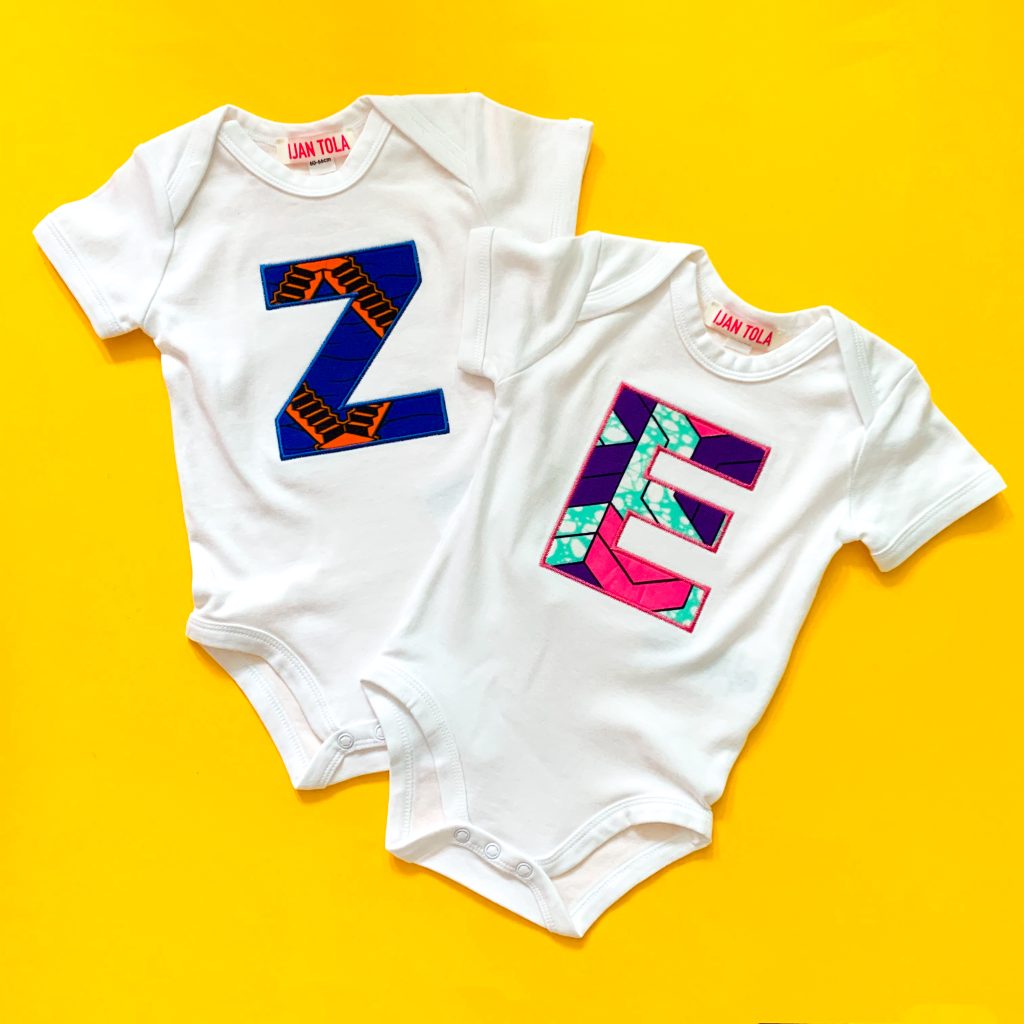

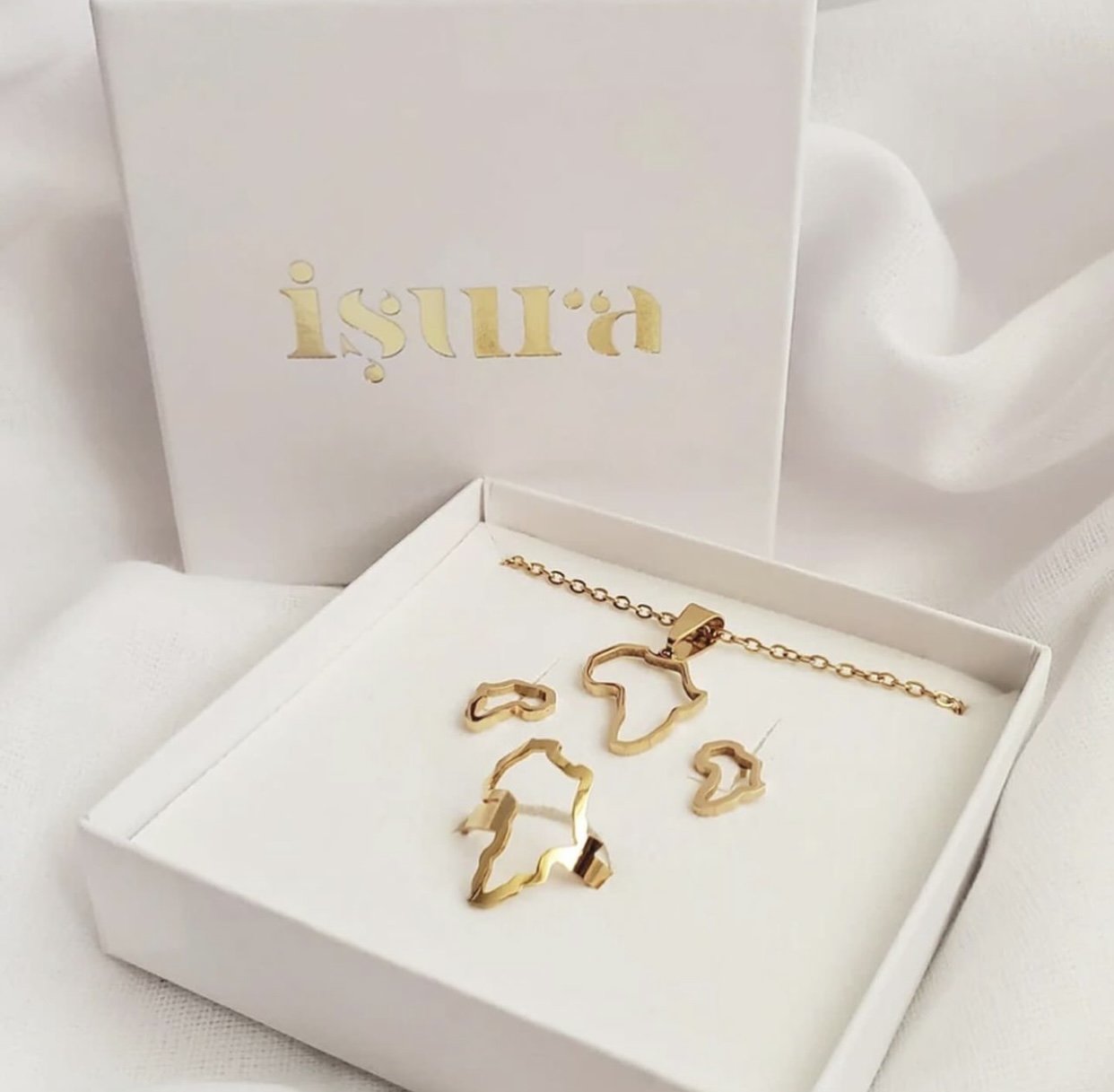
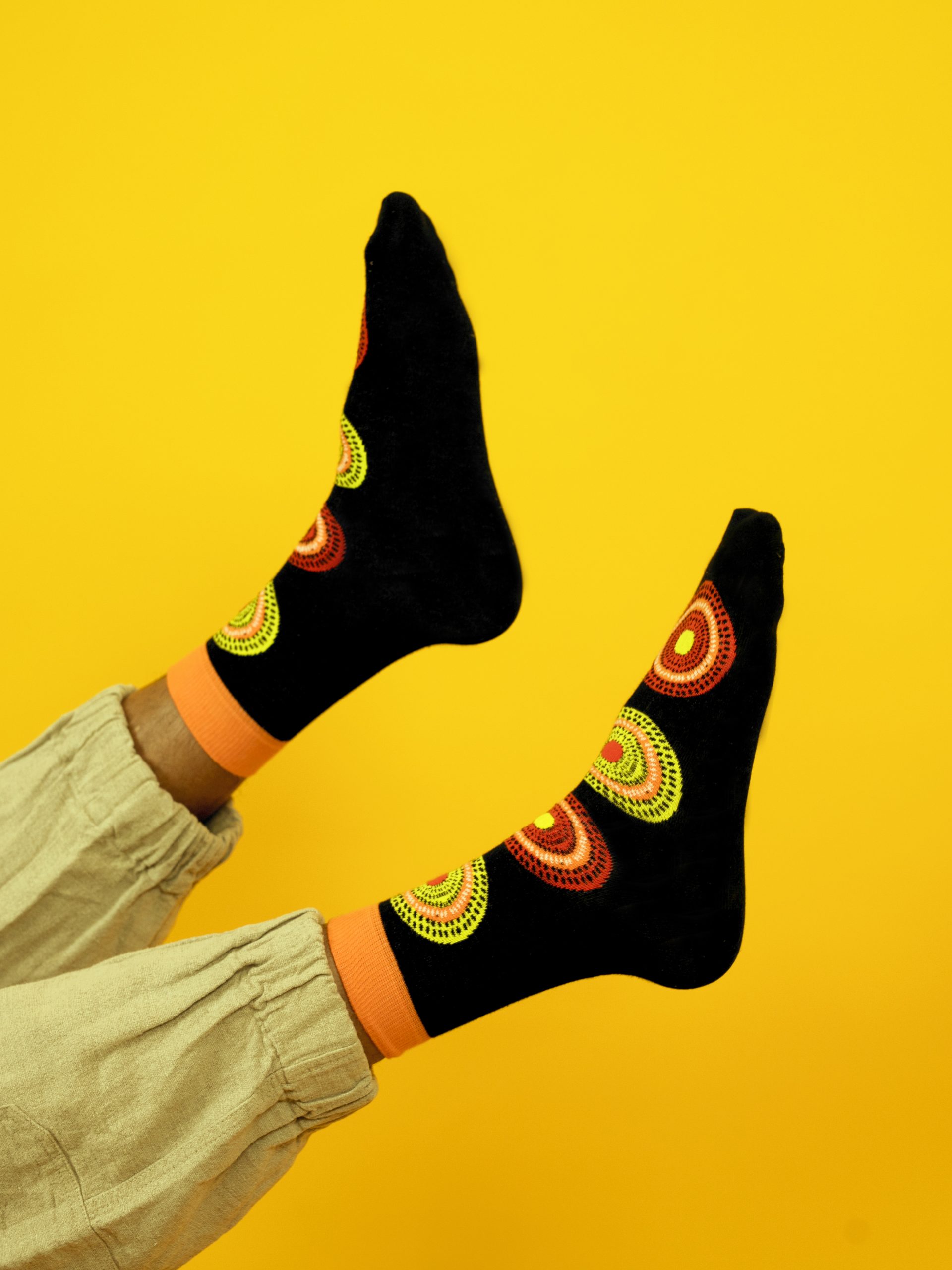


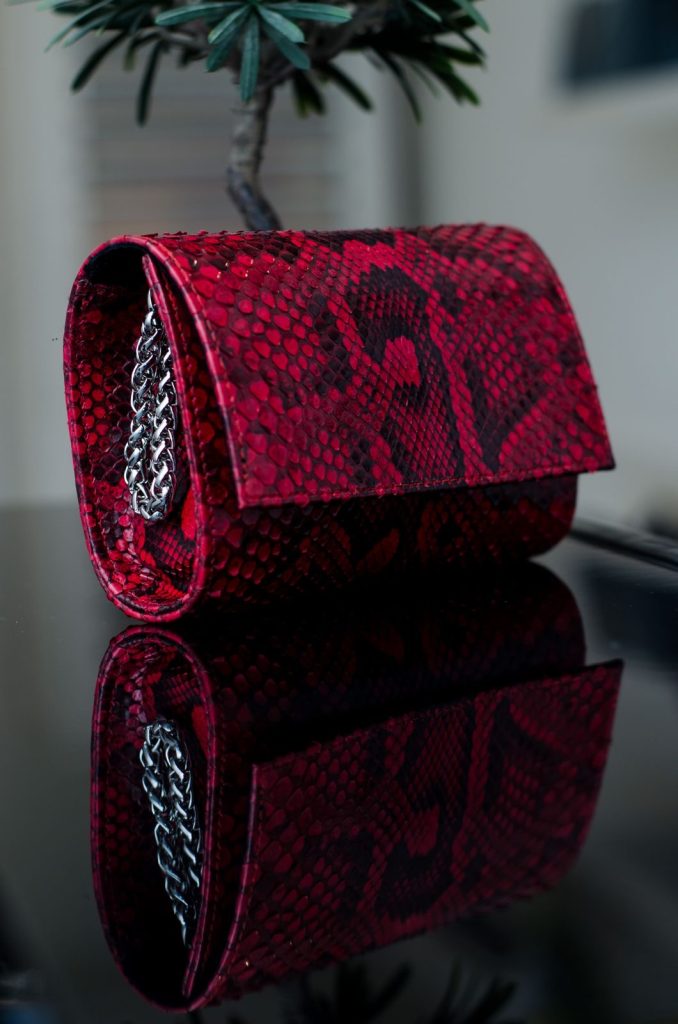

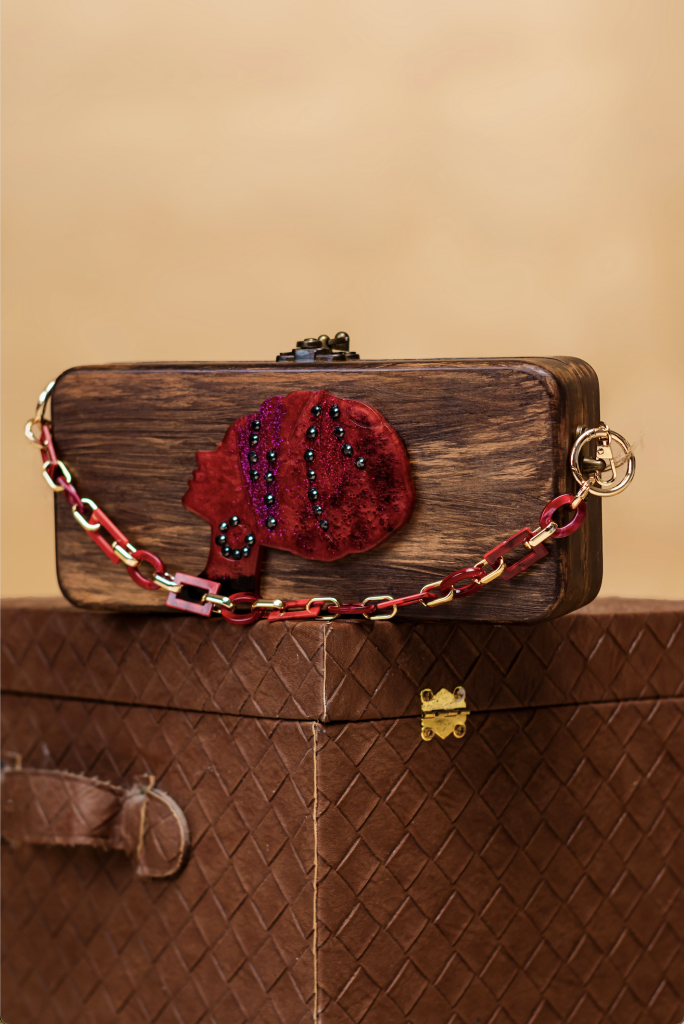



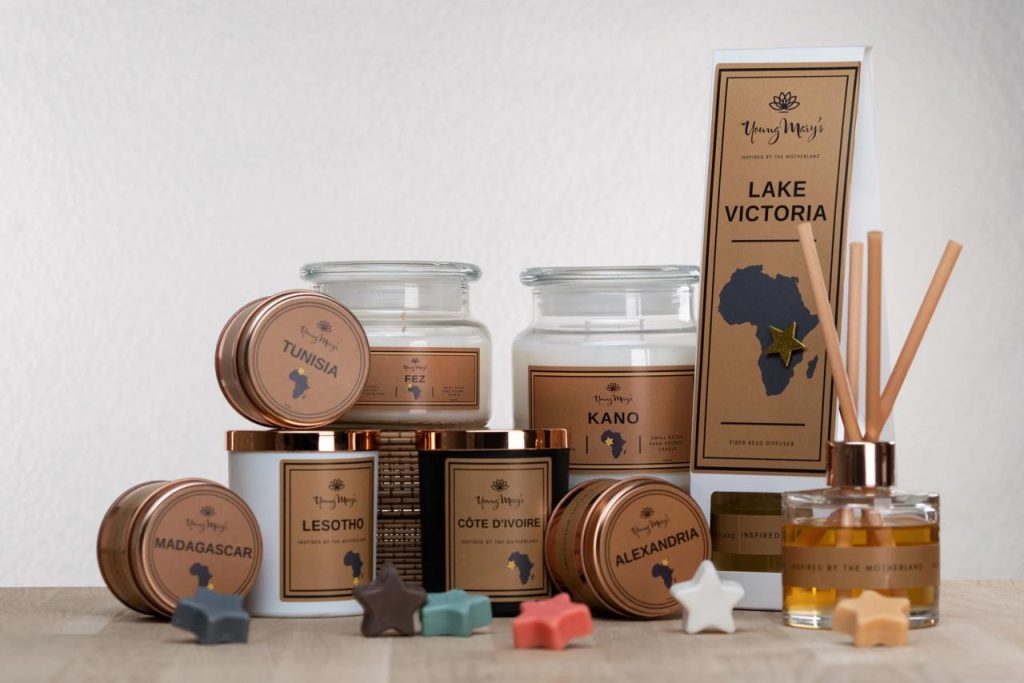
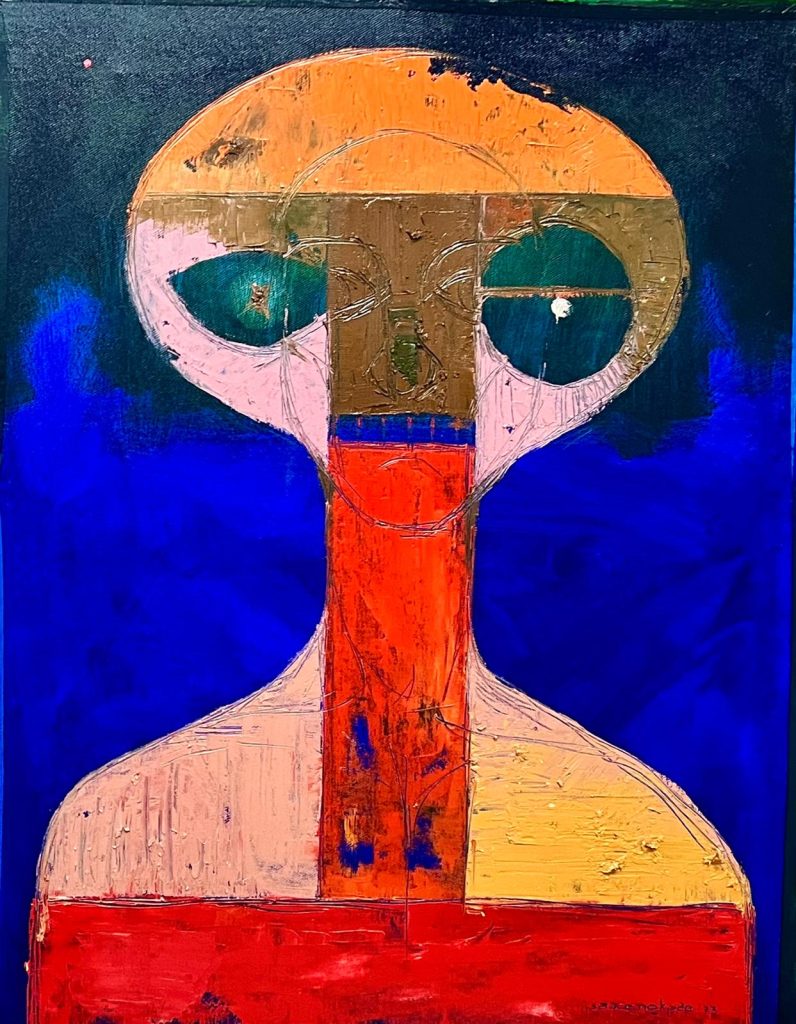
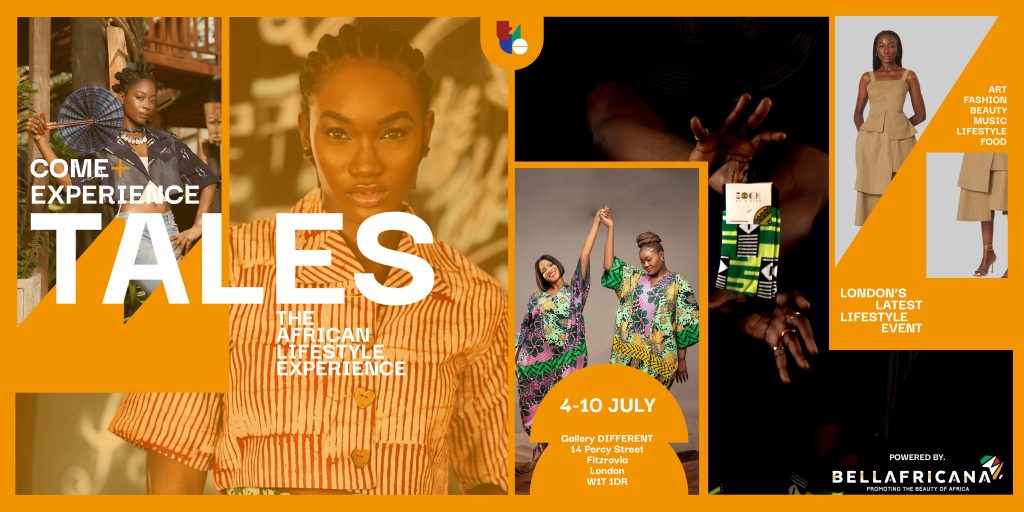
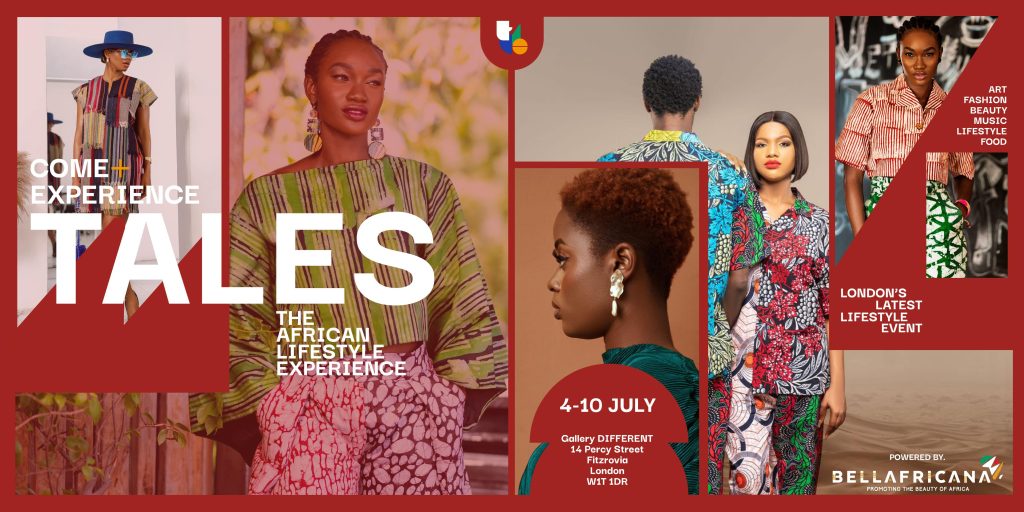
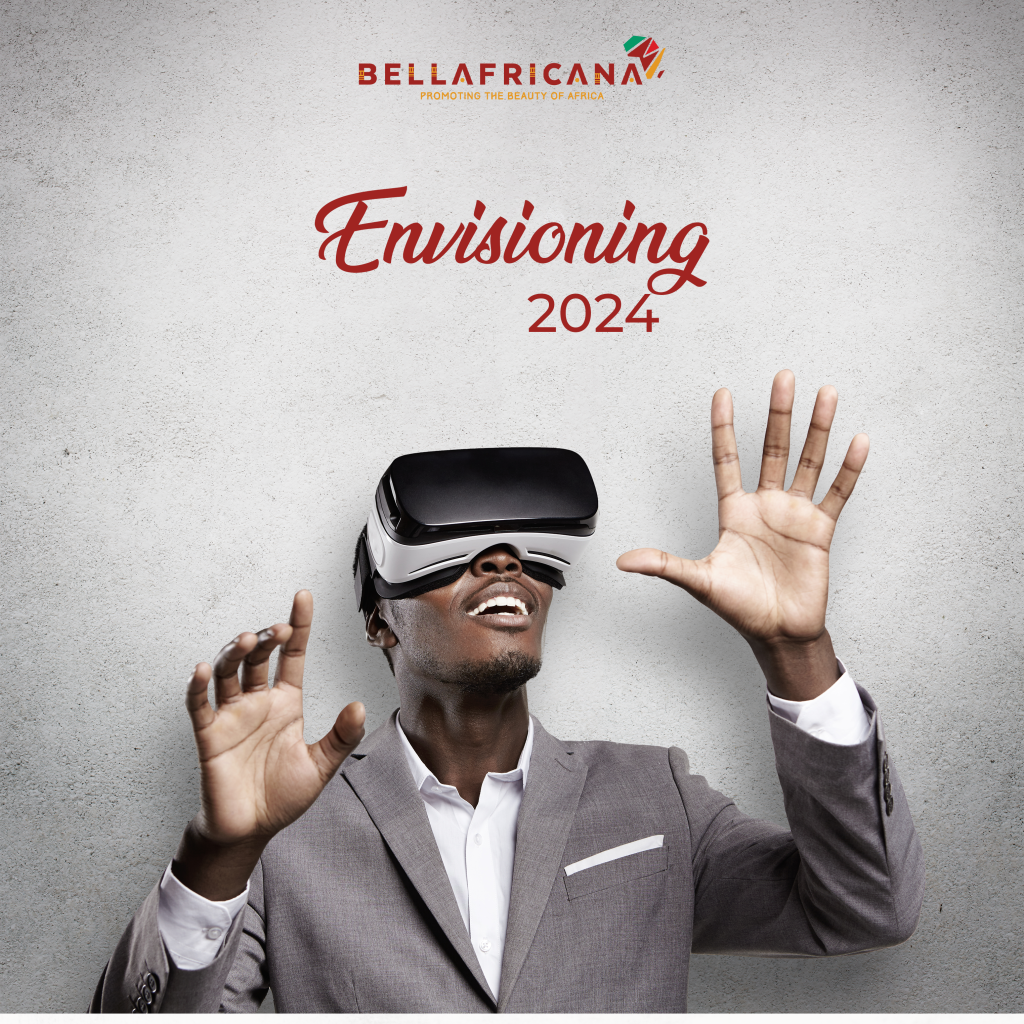
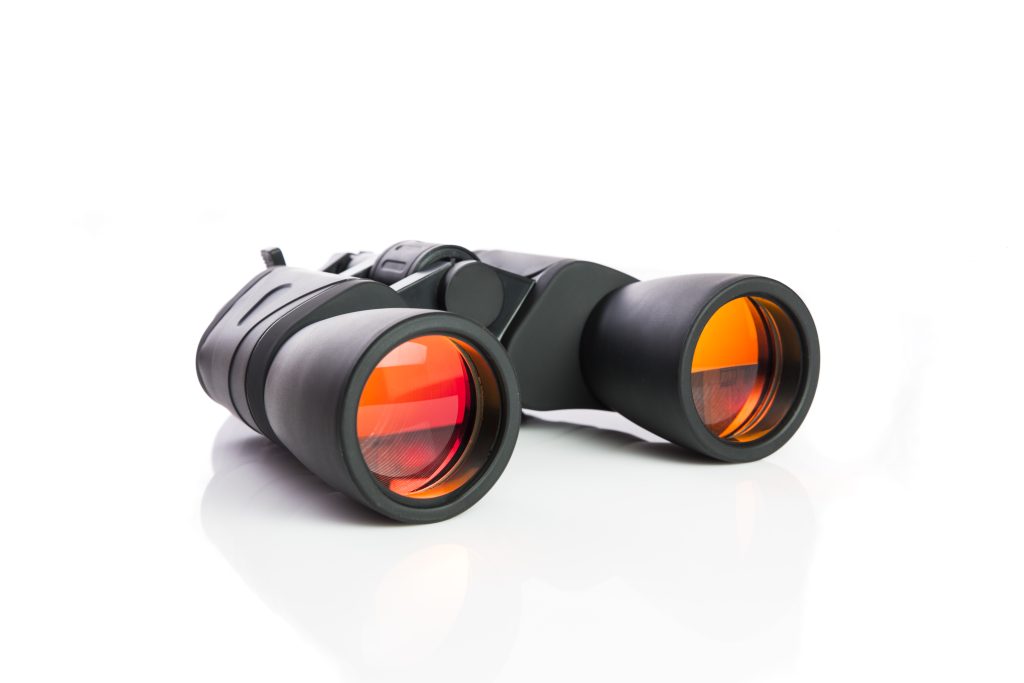


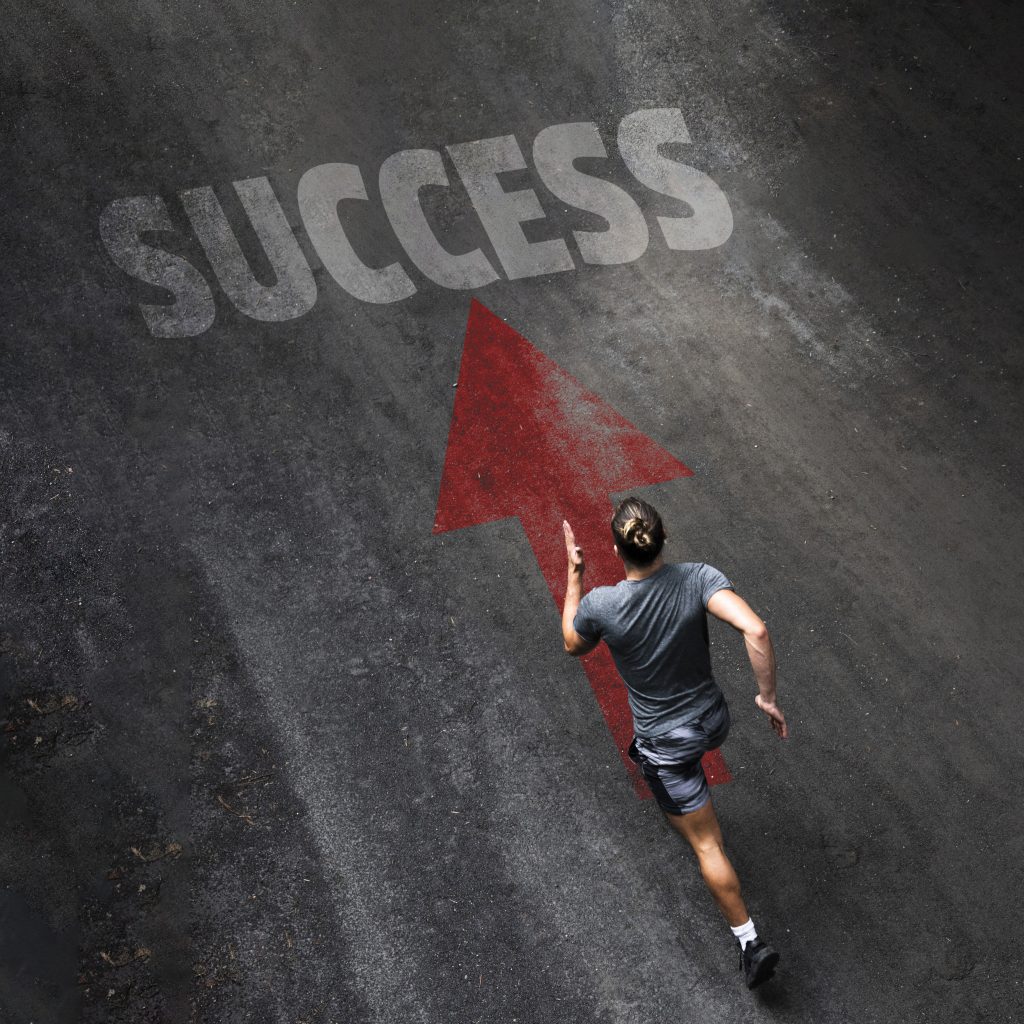

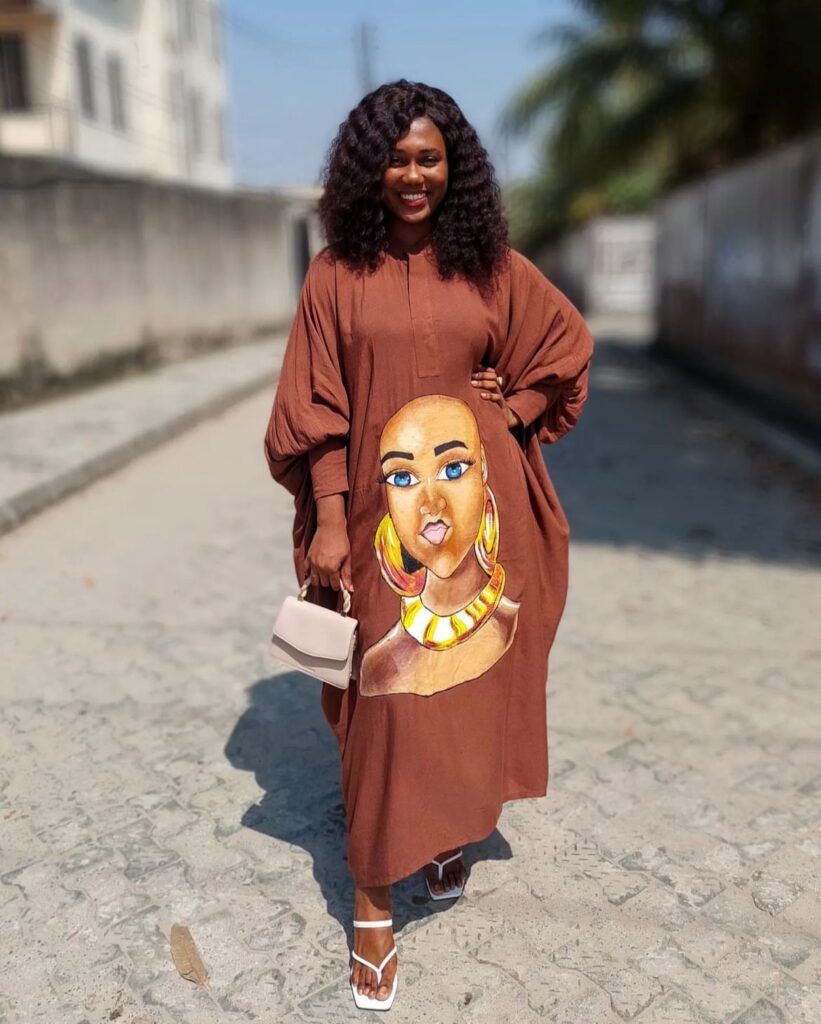

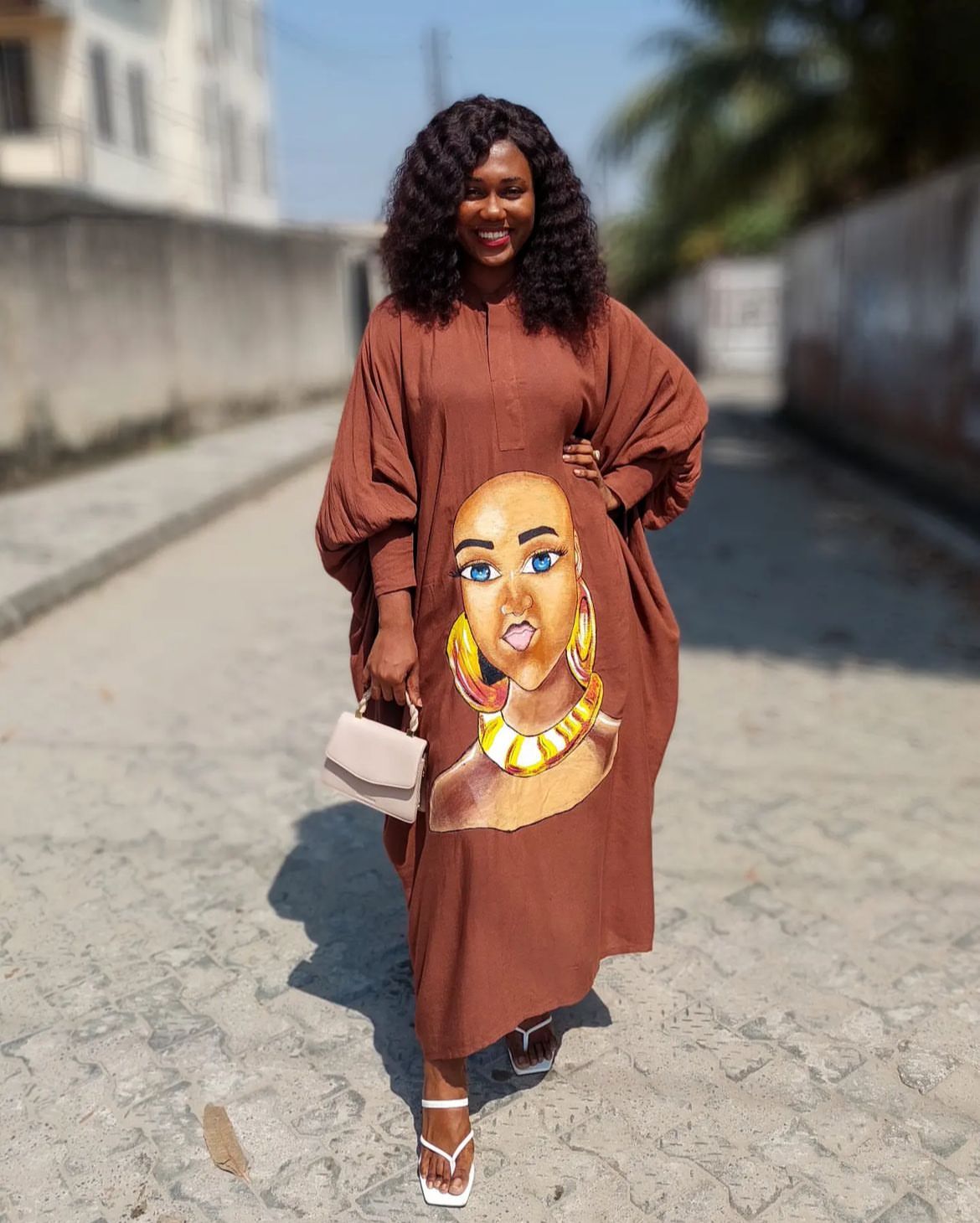

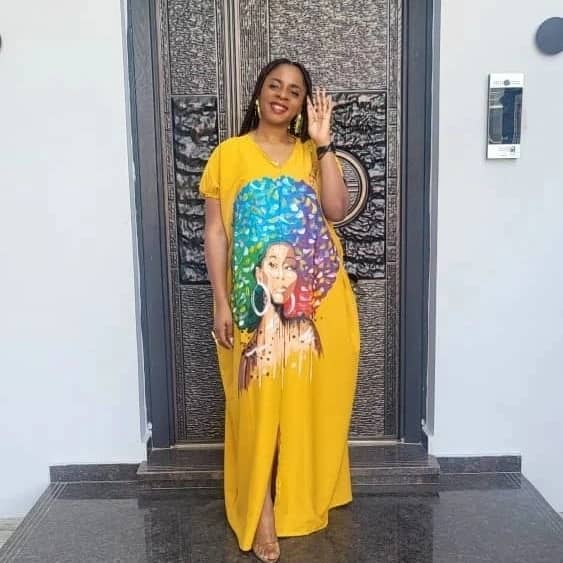
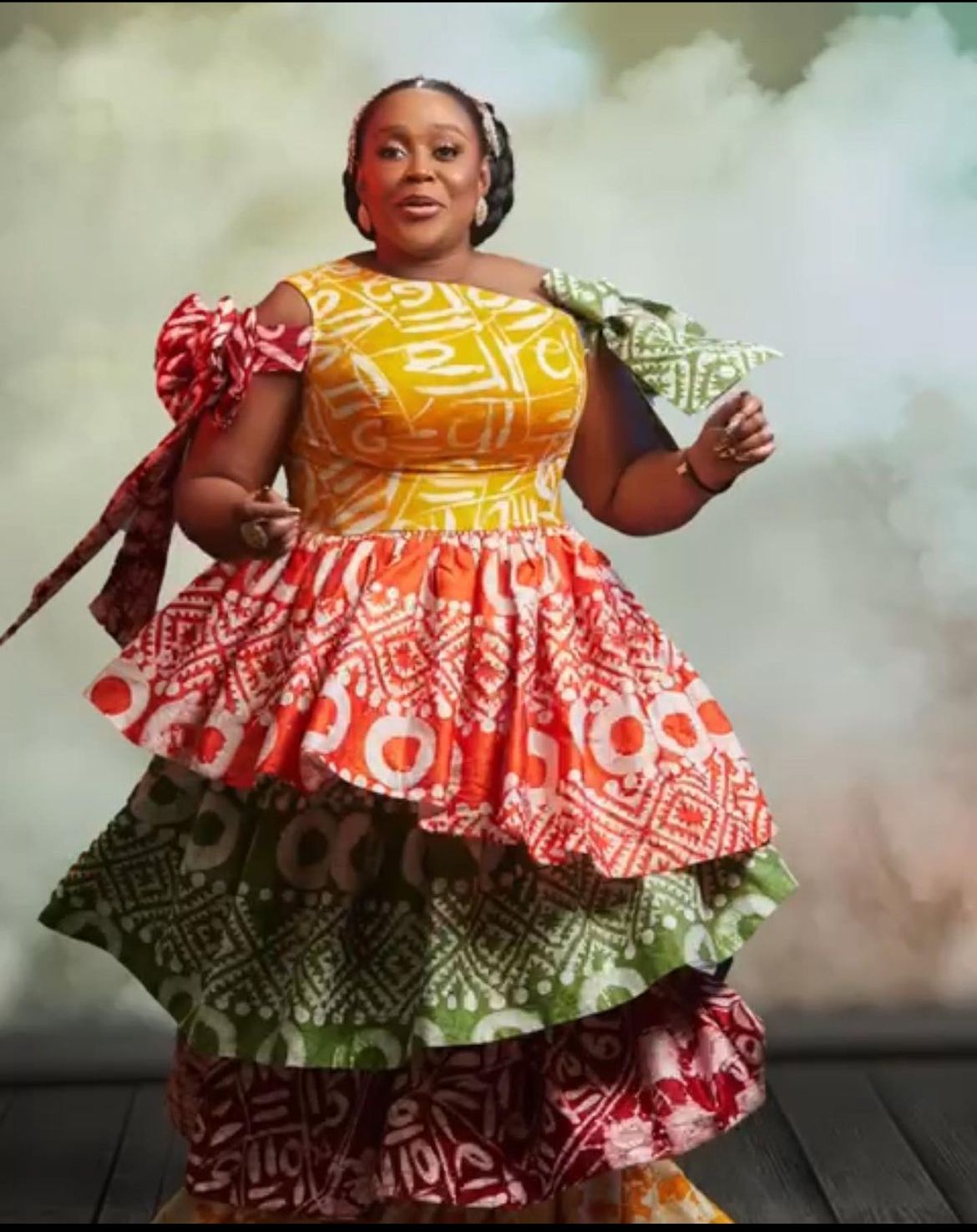
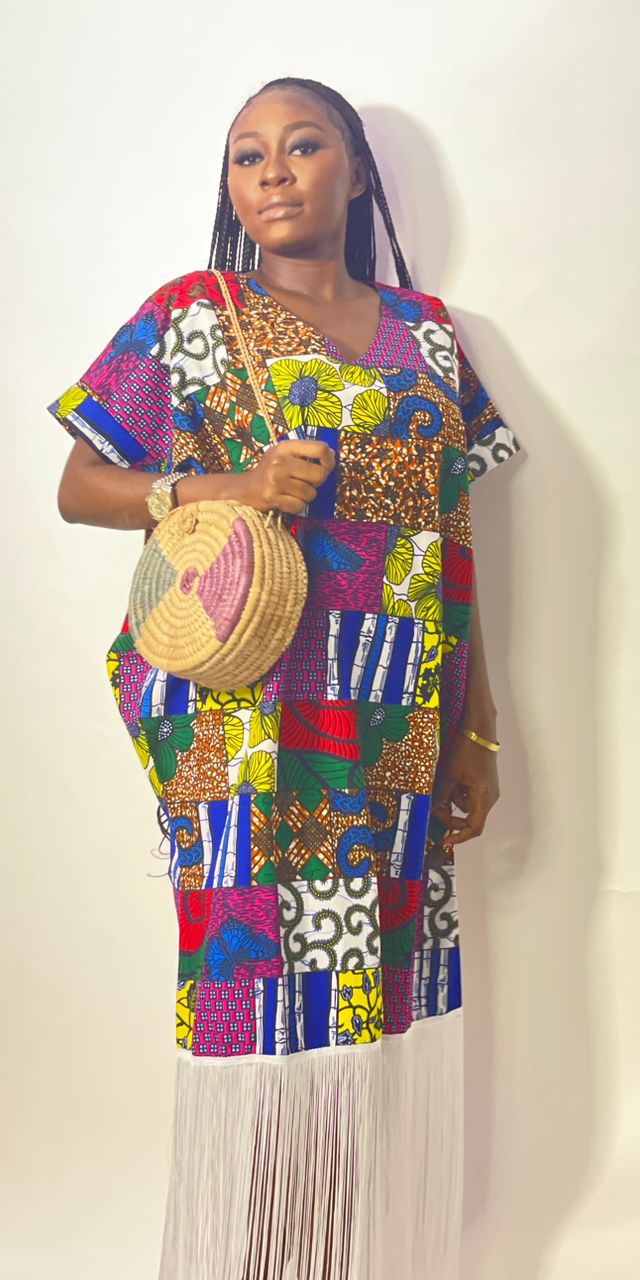 Accessories: Elevate your look with stunning African accessories such as beaded jewelry, leather bags, and headwraps. These accessories add a touch of African elegance to any outfit.
Accessories: Elevate your look with stunning African accessories such as beaded jewelry, leather bags, and headwraps. These accessories add a touch of African elegance to any outfit.